Smith Tower stands as Seattle’s oldest skyscraper and one of the most captivating historical landmarks in the Pacific Northwest. Whether you’re a boater, historian, photographer, or beer enthusiast, this 1914 architectural marvel offers unique experiences that justify its place as a must-visit destination.
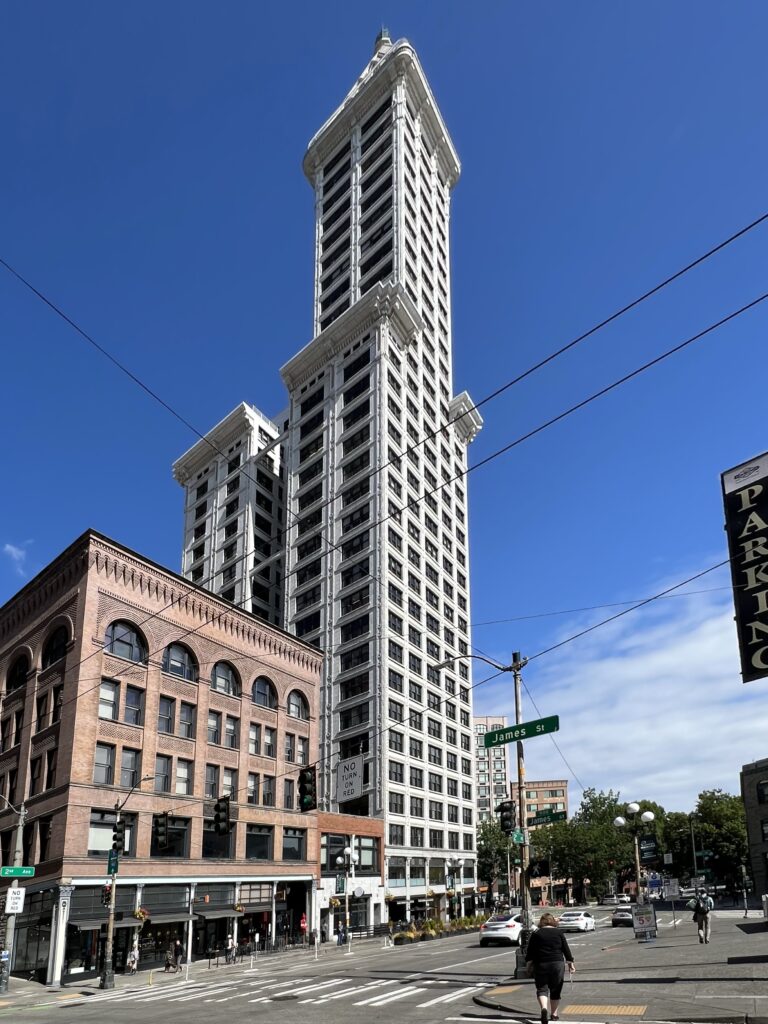
What Makes Smith Tower Special
For Boaters: The tower provides exceptional panoramic views of Elliott Bay, Puget Sound, and the shipping lanes that connect Seattle to the world12.
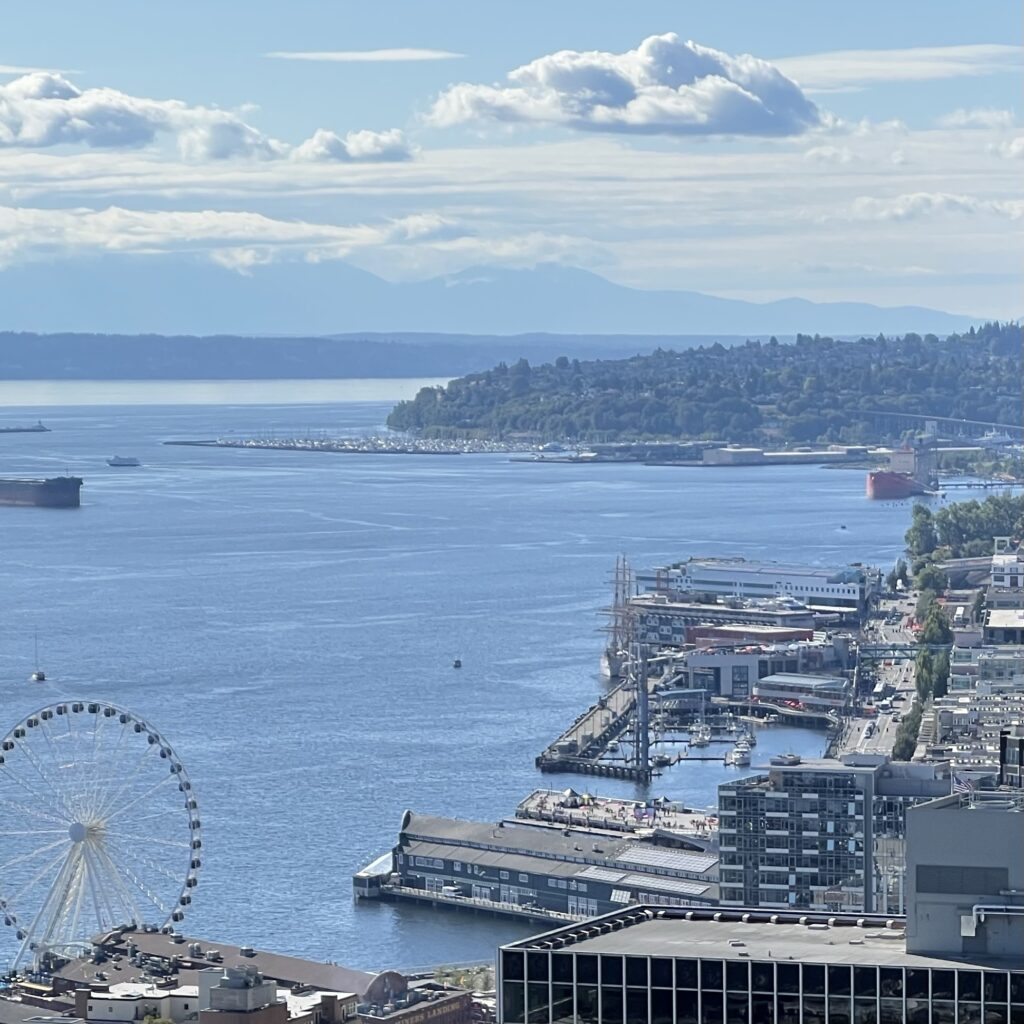
From the 35th-floor observation deck, visitors can observe the maritime activity below, including ferries traversing Elliott Bay, colorful shipping containers, and port cranes3.
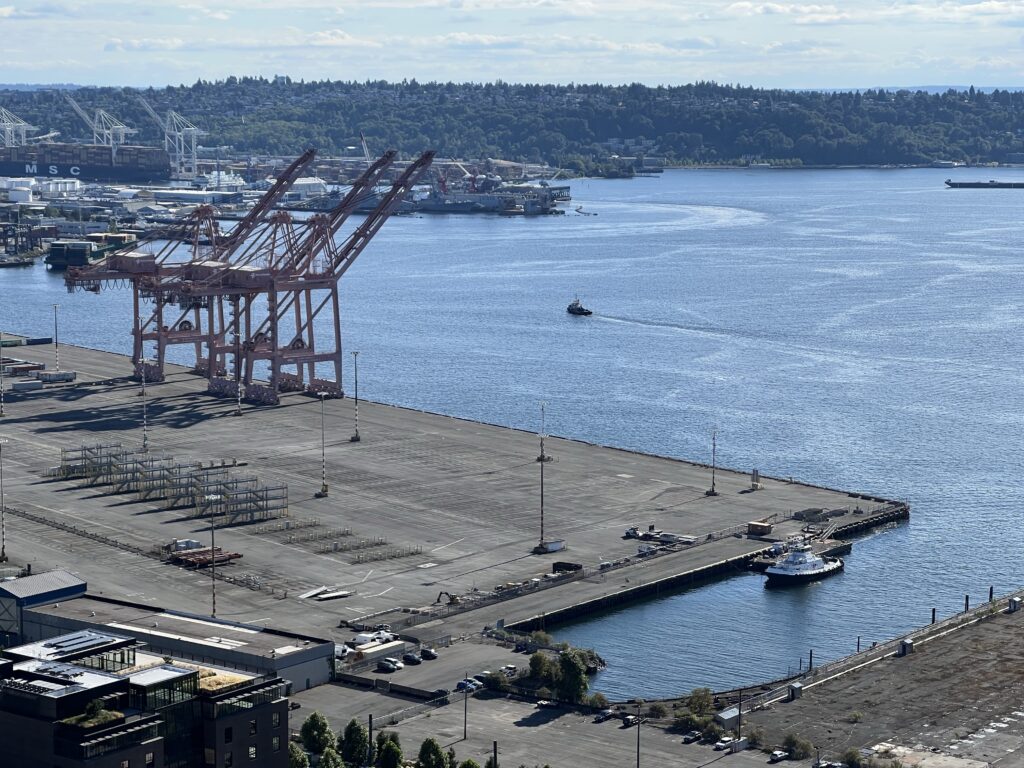

Beyond is BAINBRIDGE ISLAND, and then the San Juan Islands stretching west and north to Canada. ELLIOTT BAY is Seattle’s harbor-the city’s entry to Puget Sound, the Strait of Juan de Fuca, and the Pacific Ocean. WASHINGTON STATE FERRIES cross Elliott Bay, heading back and forth from Colman Dock over to Bainbridge Island and out to Bremerton on the Olympic Peninsula.
The tower’s position offers a unique vantage point to understand Seattle’s maritime heritage and current shipping operations4.
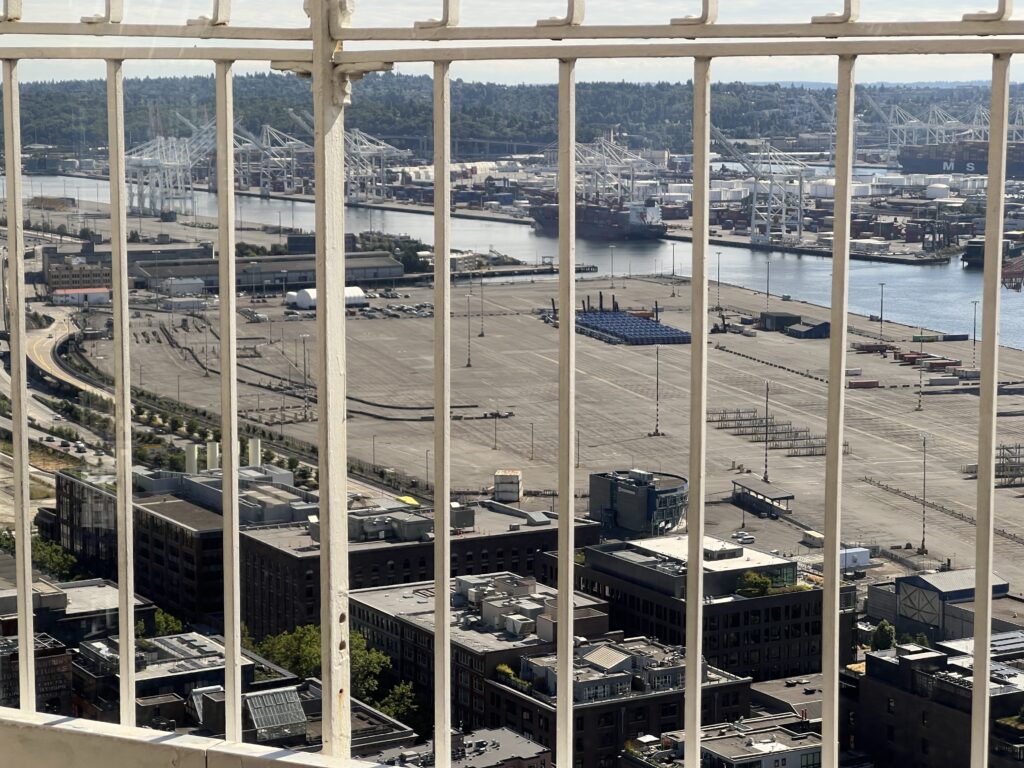

For Historians: Smith Tower is a treasure trove of Seattle’s past, featuring exhibits that chronicle over 110 years of history56. The building showcases connections to radio, rum-running, and a host of interesting characters from Seattle’s early days7.
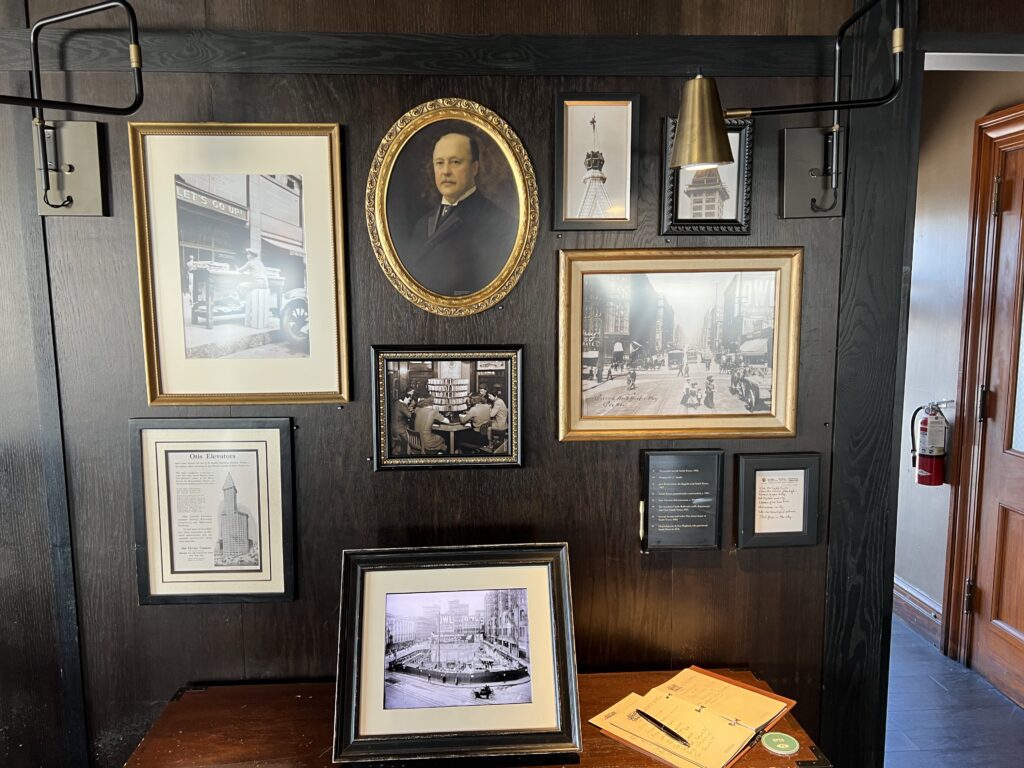
Visitors can explore interactive exhibits featuring L.C. Smith’s original typewriters and curated artifacts from the tower’s storied past8, while learning about the building’s role during Prohibition when it housed secret bars and served as a hub for bootlegging operations39.
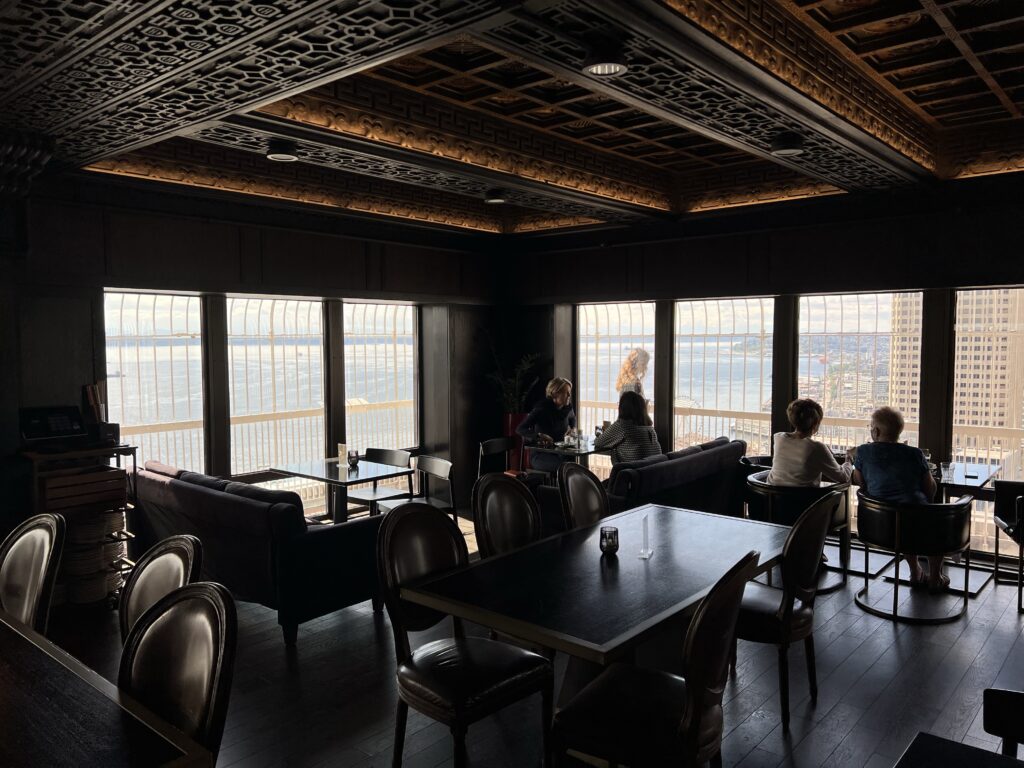
For Photographers: The tower offers stunning 360-degree views from the open-air observation deck12, providing unparalleled photographic opportunities of Seattle’s skyline, Mount Rainier, the Olympic Mountains, and the Cascade Range10.
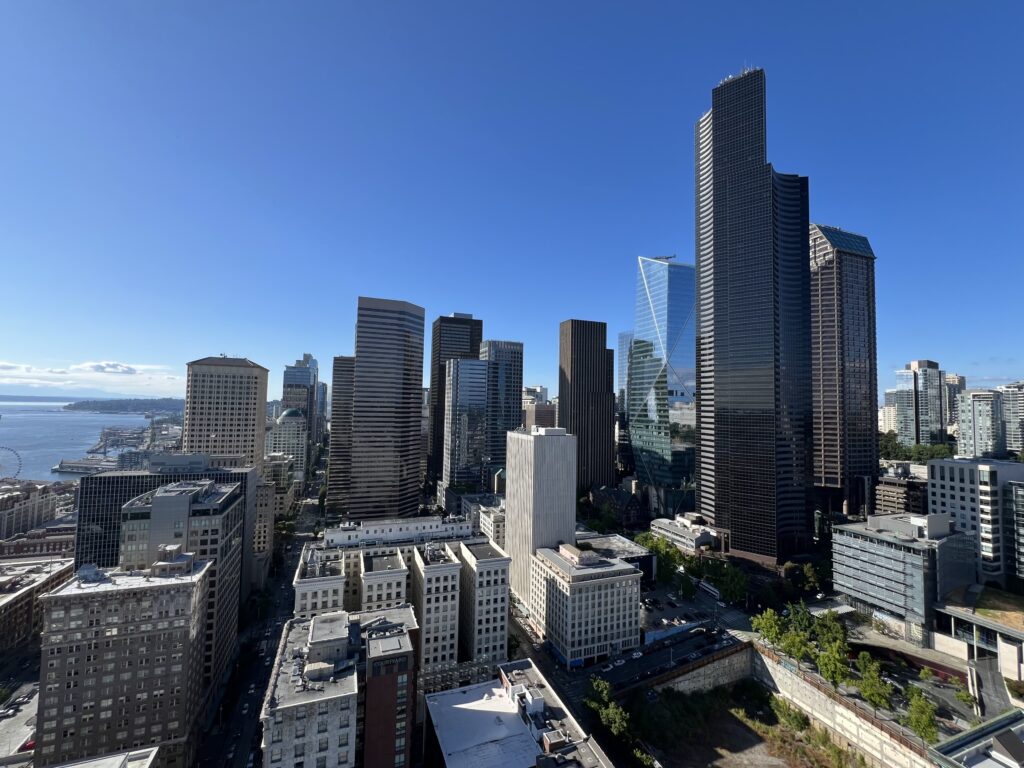
The historic Chinese Room with its ornate teak ceiling and carved blackwood furniture provides an atmospheric interior setting2,
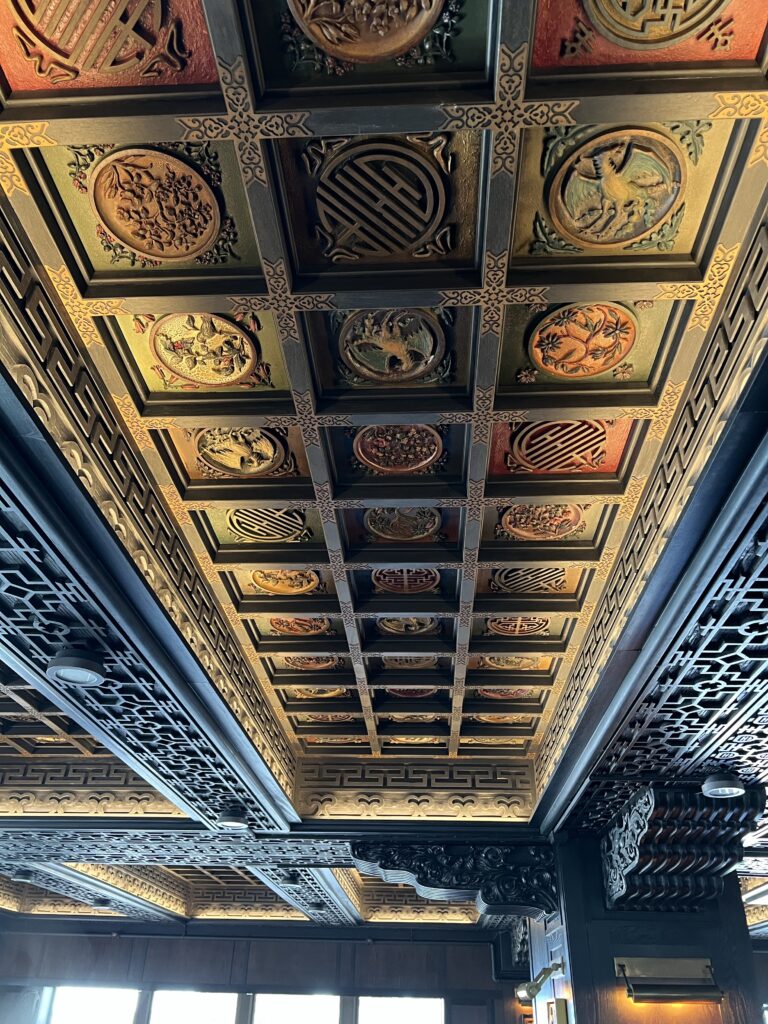
while the bronze-encased elevator cages and onyx-lined lobby offer architectural photography opportunities211.
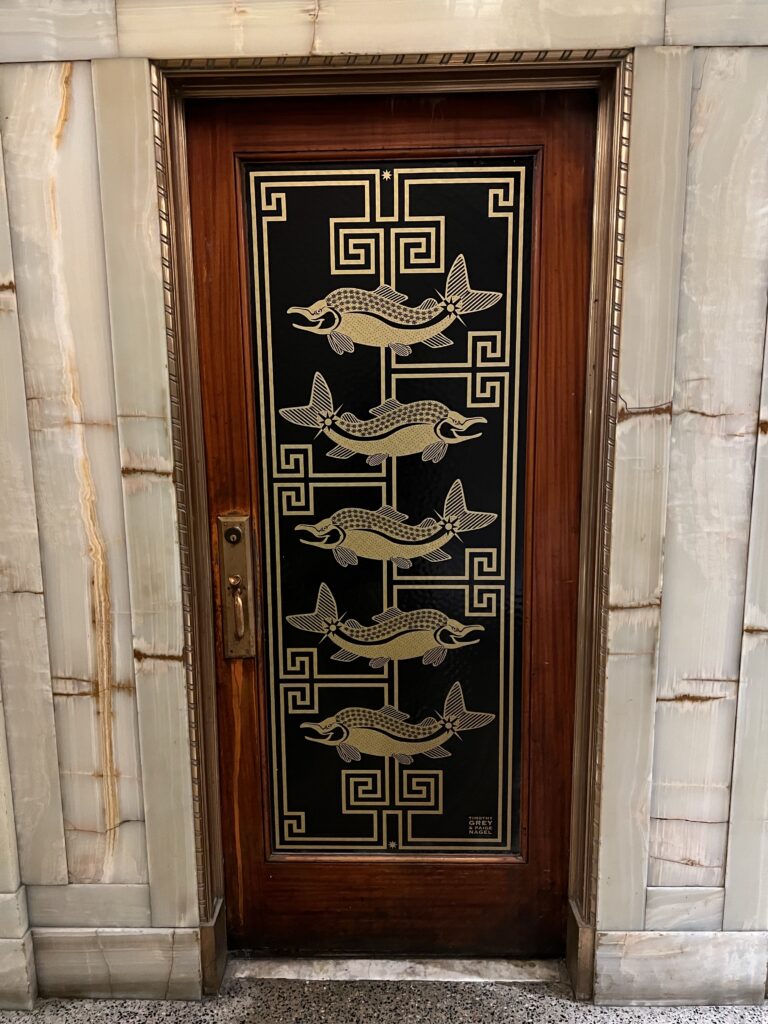
For Beer Drinkers: The 35th-floor Observatory houses a speakeasy-style bar with Prohibition-inspired craft cocktails23.
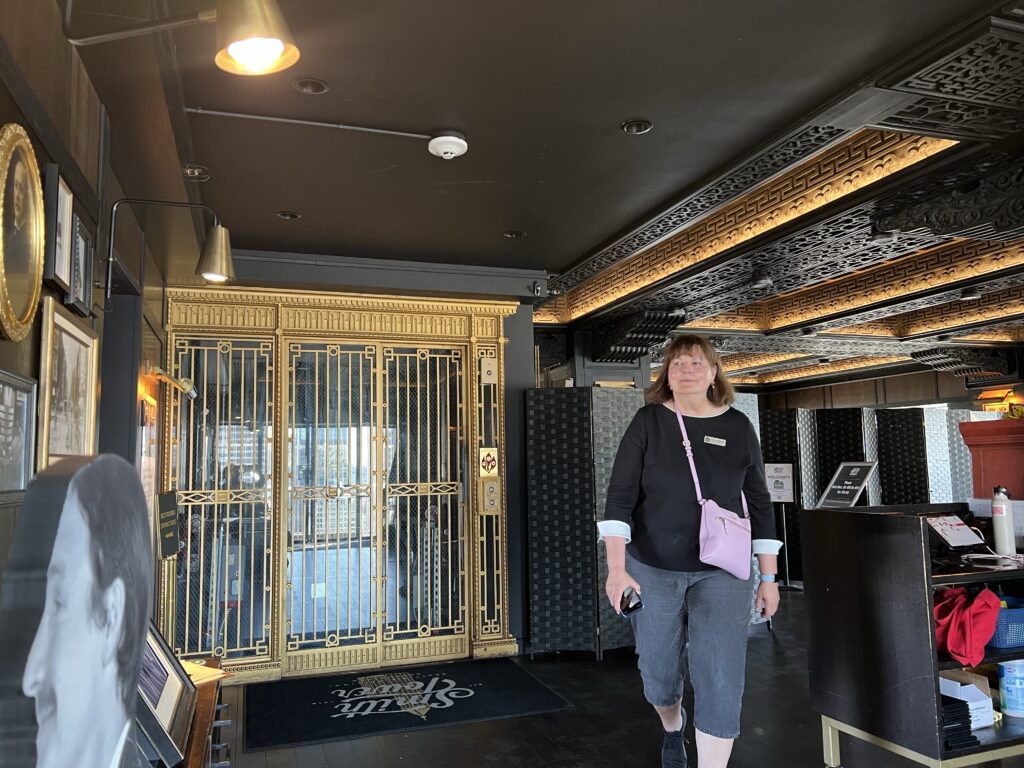
The bar offers carefully crafted drinks with a pinch of Prohibition history, paying homage to Smith Tower’s rum-running roots7. Visitors can enjoy barrel-aged liquors and signature cocktails while taking in the breathtaking views6.

Cucumbers and Cocktails at Smith Tower
Cucumbers are a notable ingredient in some of Smith Tower’s signature cocktails, valued for their refreshing, crisp flavor—especially in summer drinks. For example, the “Dry Squad” is a popular cocktail at the Observatory Bar, featuring vodka, muddled cucumber, lemon shrub, and soda, offering a cool and revitalizing option for bar patrons1. Cucumber is commonly used in mixology for its clean taste and ability to complement spirits like gin and vodka.
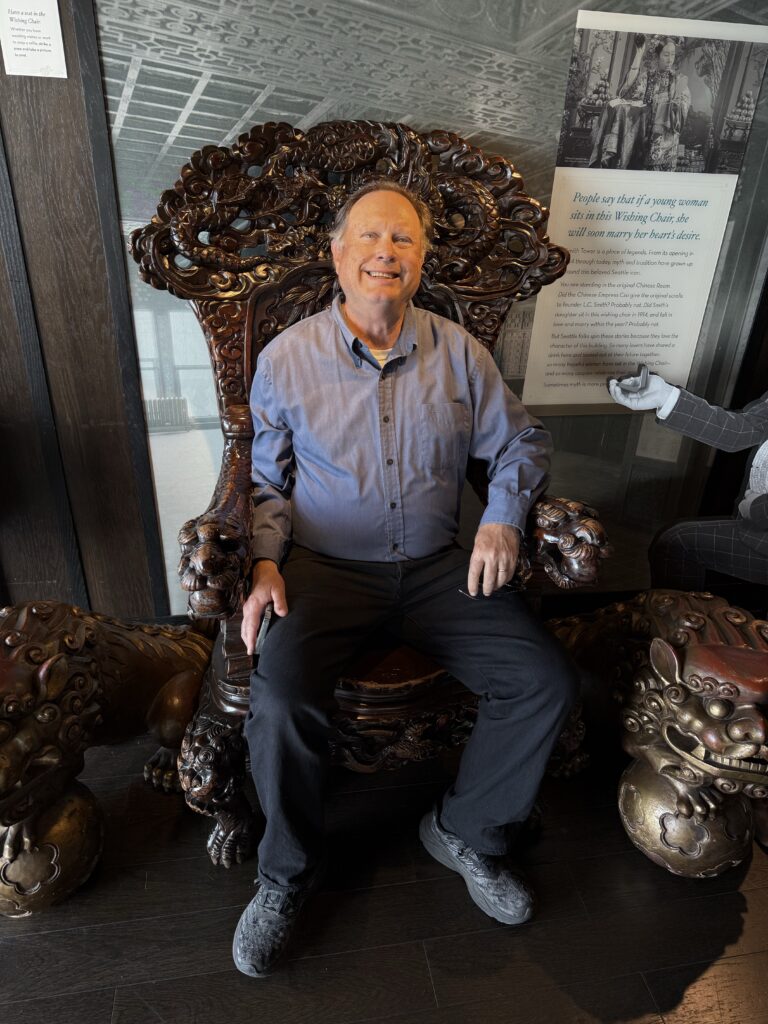
Prohibition-Era Drinks Served at Smith Tower
Smith Tower’s Observatory Bar is known for its Prohibition-inspired atmosphere and cocktail menu, which pays homage to the building’s rum-running and speakeasy history234.
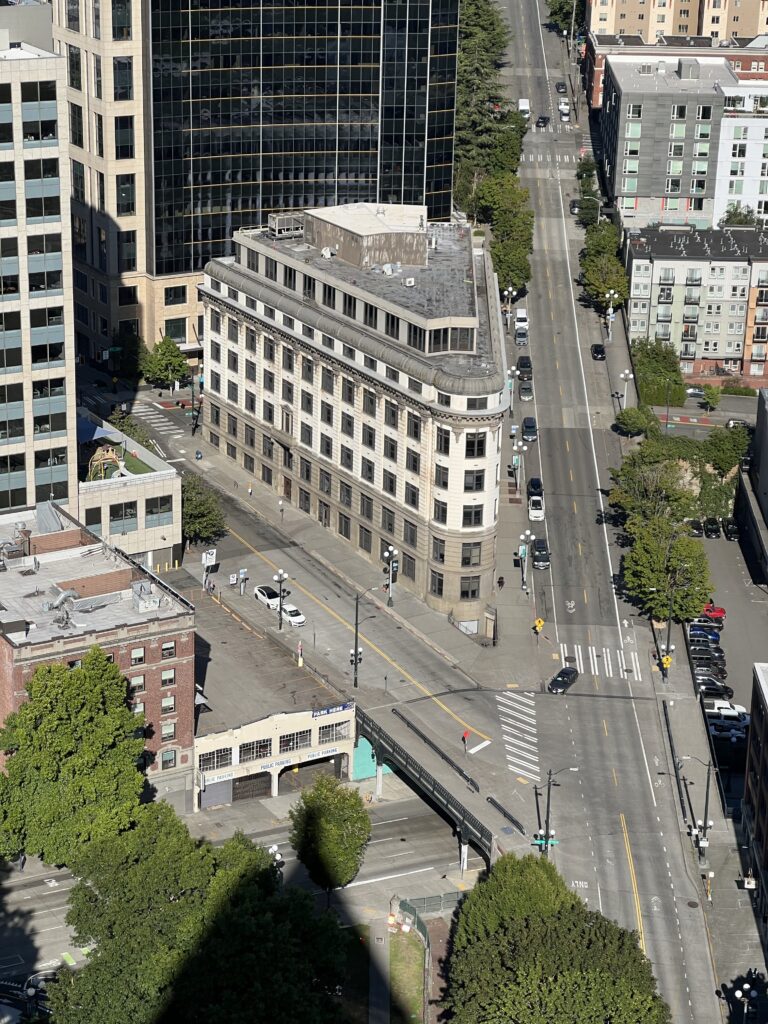
Some of the drinks with roots in the Prohibition era or inspired by it include:
- Scofflaw: Created in 1924, this cocktail mixes rye, dry vermouth, lemon juice, grenadine, and orange bitters, and is directly named after those who defied Prohibition laws5.
- Yesler Old Fashioned: Made with rye from a local distillery, this drink is a twist on a classic that was popular during the Prohibition years1.
- George’s Special: A blend of gin, apricot brandy, lemon juice, and a cherry, this cocktail is inspired by recipes from the 1930s speakeasy scene5.
- Dry Squad: Vodka, muddled cucumber, lemon shrub, and soda—while not strictly a Prohibition classic, it fits the era’s style of refreshing, spirit-forward drinks1.
The bar also features a rotating selection of barrel-aged liquors and other cocktails that evoke the spirit of the 1920s and 1930s34.
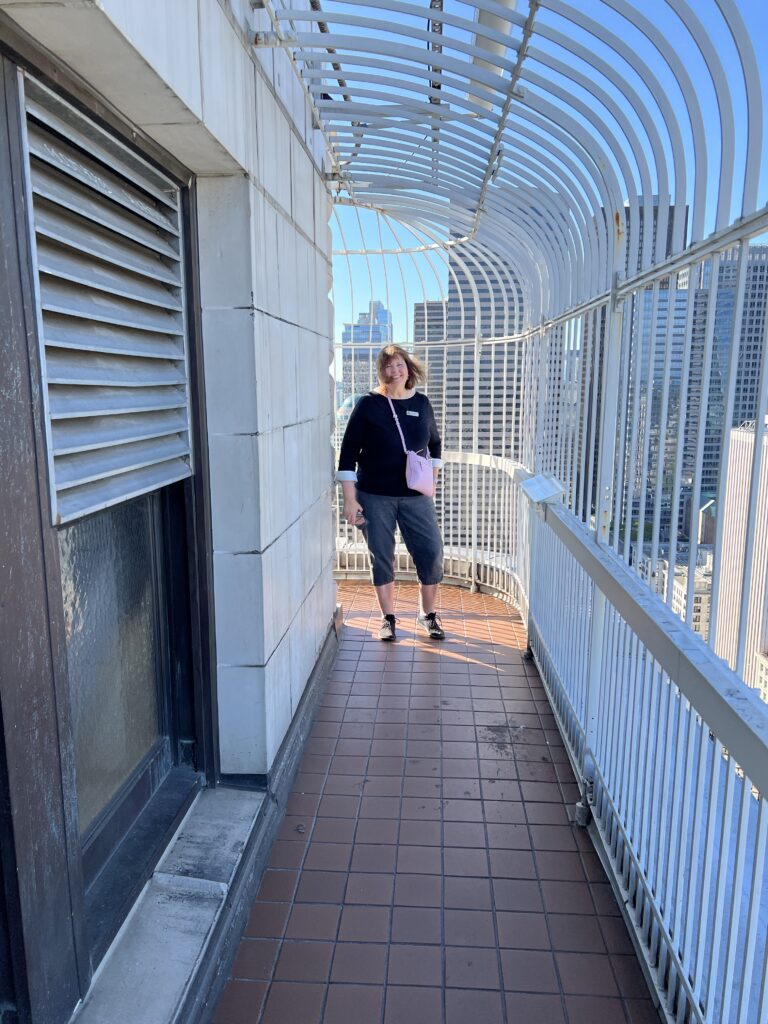
Tour Pricing and Value
Smith Tower admission tickets cost $15-25 per person depending on the vendor and current promotions121314.Washington state residents receive a $10 discount on Sunday-Thursday visits8, and there’s a $10 Game Day Deal for those presenting same-day sports tickets8. The experience includes access to both the Observatory Bar and historical exhibits8, making it a comprehensive cultural and entertainment offering.
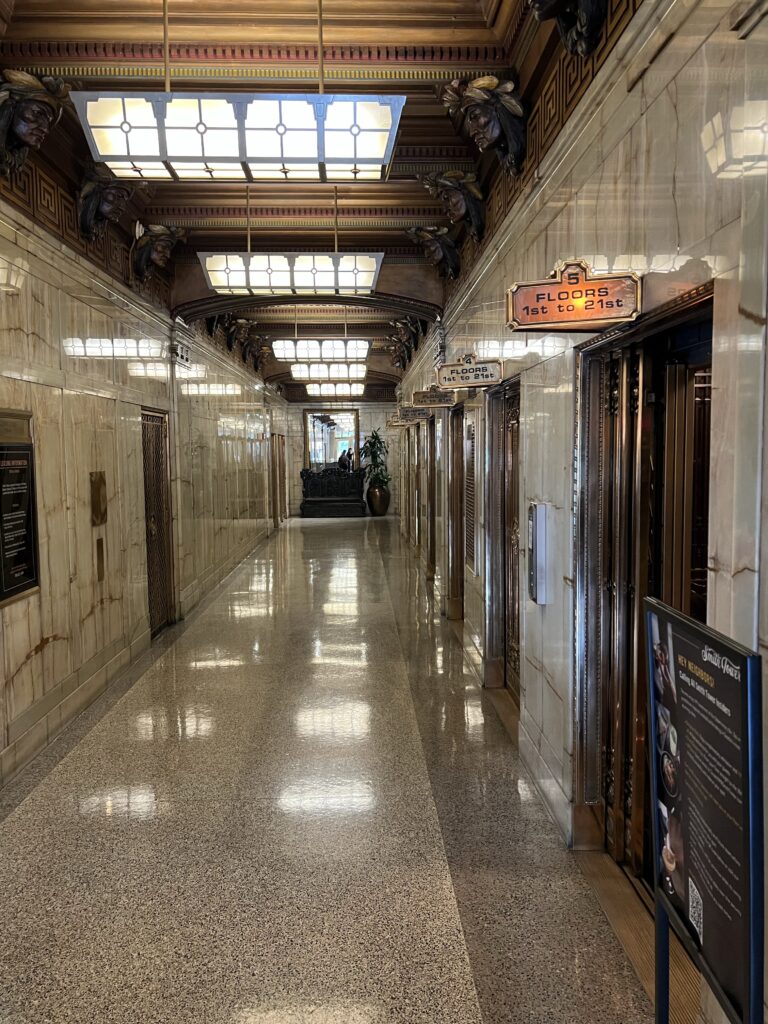
The fee is absolutely worth it for several reasons: visitors experience one of the last manually operated elevators in the United States2, enjoy panoramic views that are less crowded than the Space Needle5, and receive educational value through immersive historical exhibits5. The combination of unique architectural features, historical significance, and stunning views provides exceptional value compared to other Seattle attractions12.
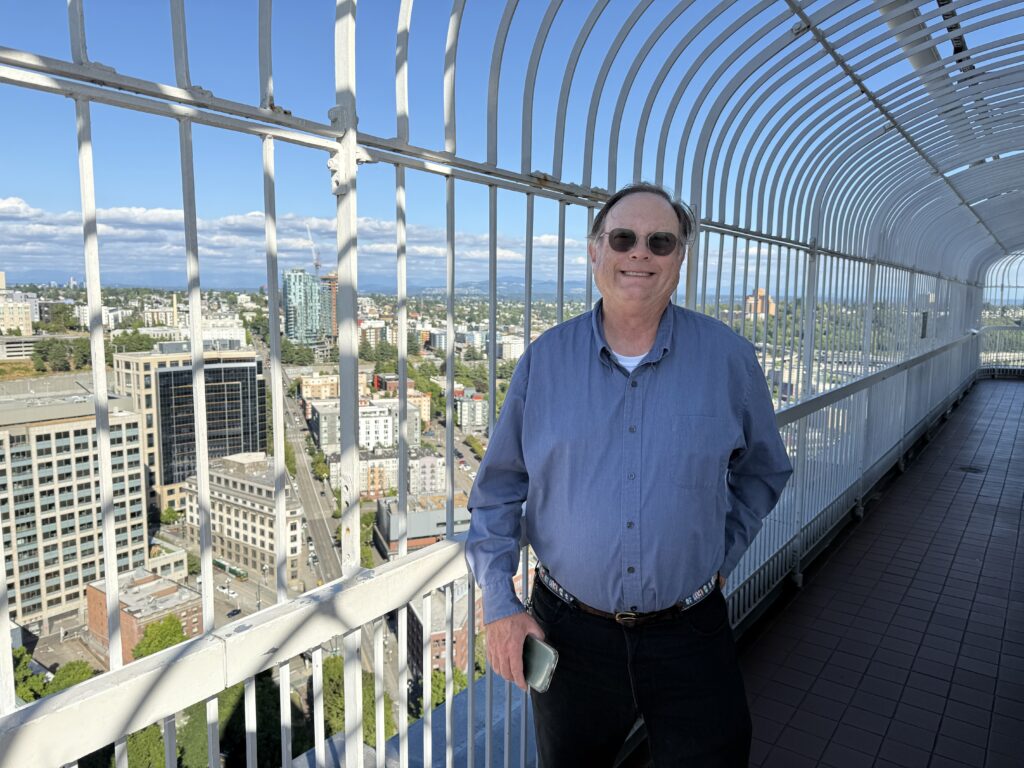
Ownership History and Current Status
Smith Tower has had a fascinating ownership history. Originally built by Lyman Cornelius Smith, the typewriter and shotgun magnate from Syracuse, New York156, the building remained under Smith family ownership into the 1940s15. Notable subsequent owners included Ivar Haglund of Ivar’s restaurant fame from 1976-19851617, and the Samis Land Company in 201218.
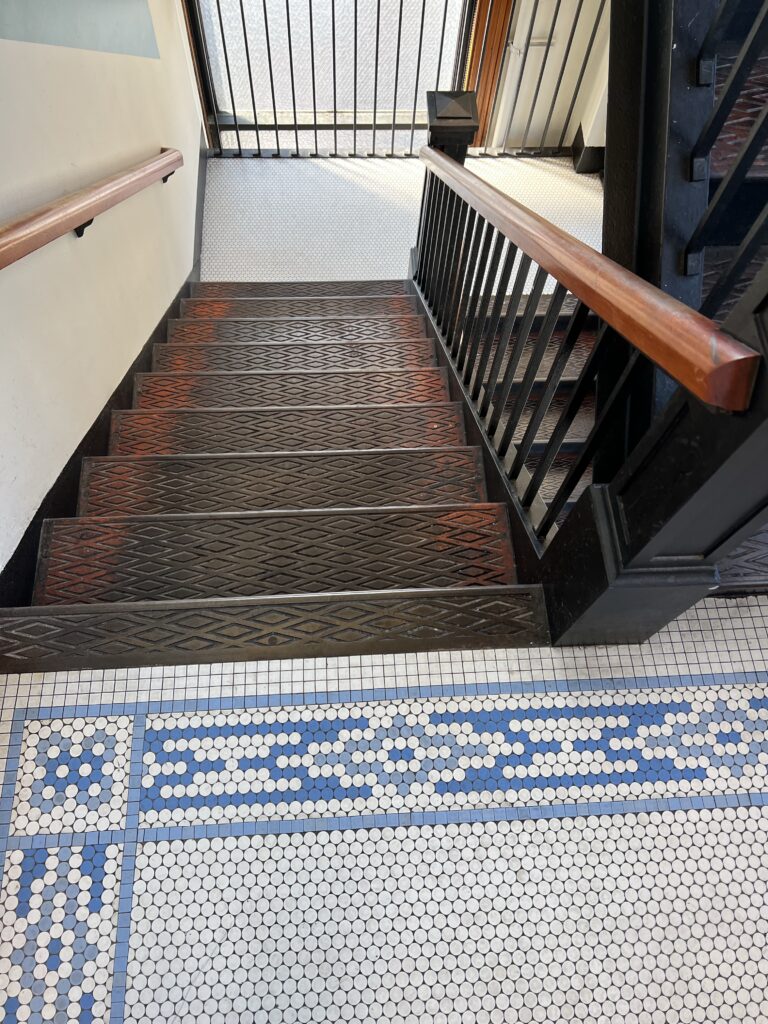
Most recently, in August 2024, the tower was sold to GT Capital, a Seattle-based real estate holding company, leading a group of investors including prominent Seattle families, Freestone Capital Management, and Evergreen Ventures1920.
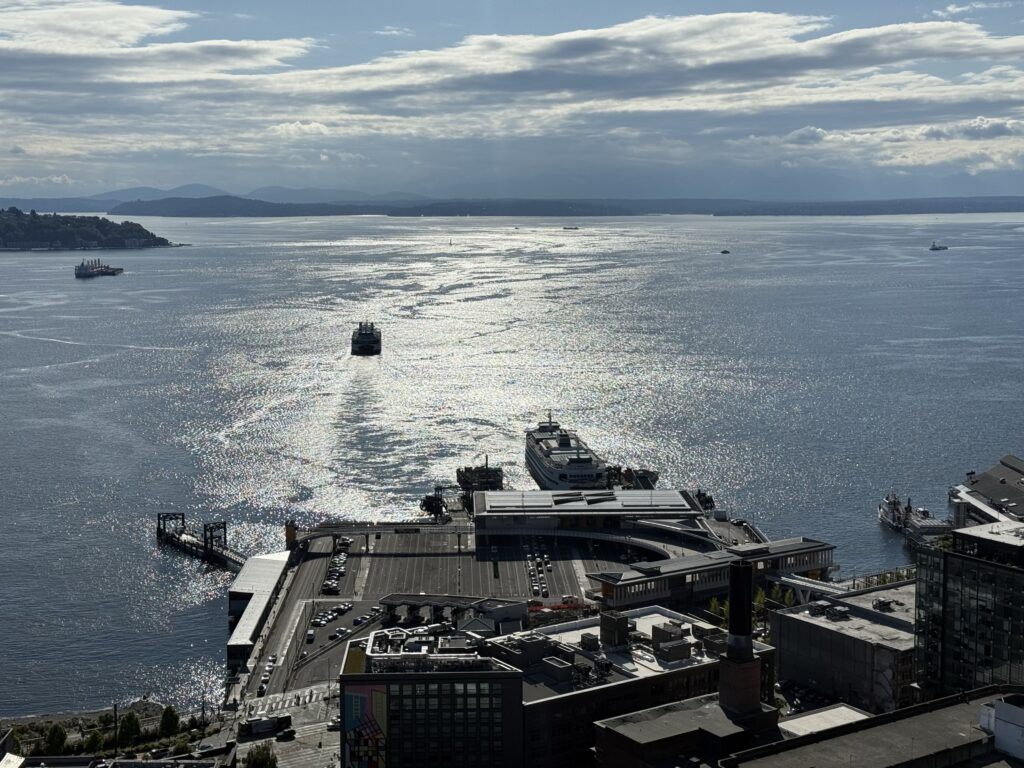
The new owners purchased the building at what appears to be a significant discount from its 2019 sale price of $138 million19, though the exact purchase price has not been disclosed.
The tower is not currently for sale19. The new ownership group has stated their commitment to preserving the building’s unique charm while modernizing office spaces and enhancing the visitor experience20.

Views from the Tower
You can see the Rainier Club from Smith Tower. The Rainier Club is located at 810 4th Avenue in downtown Seattle21, making it visible from the tower’s observation deck given its proximity to the Pioneer Square area where Smith Tower is located.
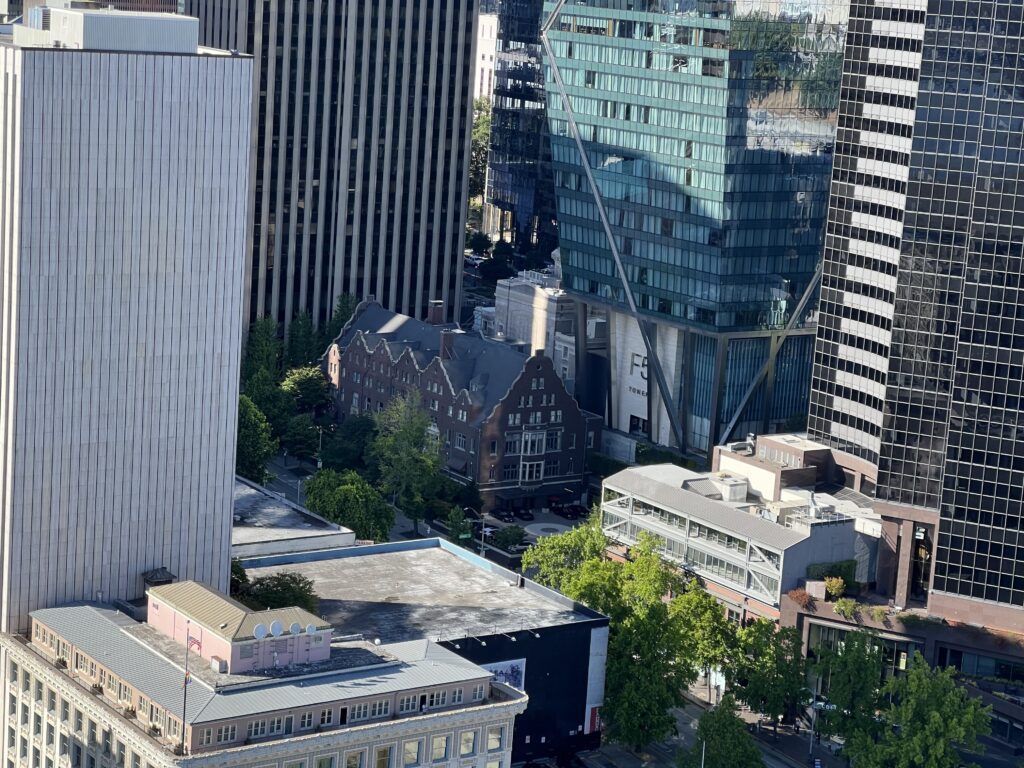
The Rainier Club was formed in 18882221, making it Seattle’s oldest private club, established when Washington was still a territory22. The club’s historic Tudor Revival clubhouse was completed in 190421, designed by Spokane architect Kirtland Cutter22.

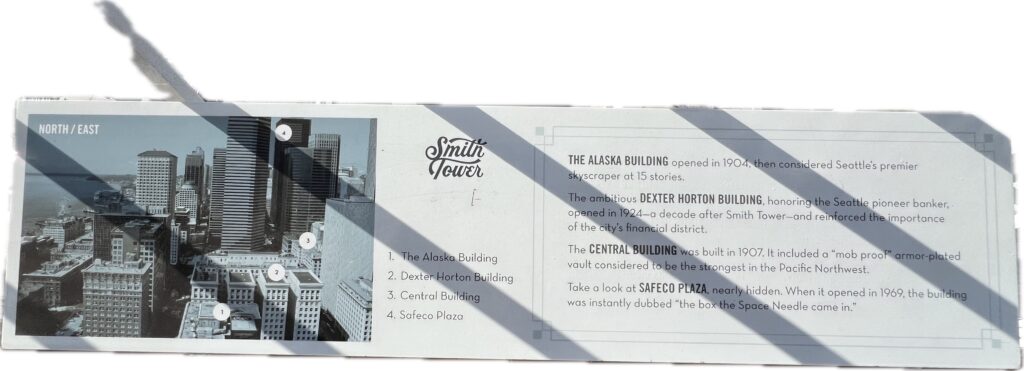
Take a look at SAFECO PLAZA, nearly hidden. When it opened in 1969, the building was instantly dubbed “the box the Space Needle came in.”
From the observation deck, visitors can see numerous Seattle landmarks including the Space Needle, Elliott Bay, the Great Wheel, Safeco Field, CenturyLink Field, Mount Rainier, downtown Seattle skyscrapers, and the Olympic Mountains1.
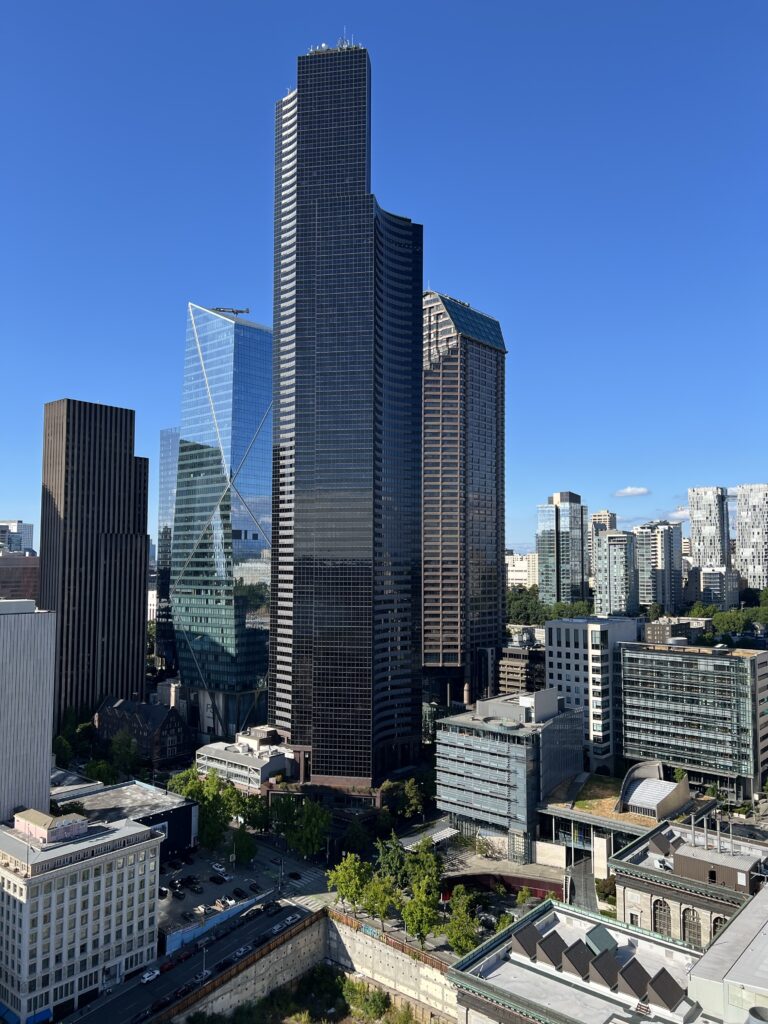
The Columbia Center, which is now Seattle’s tallest building, is clearly visible1.
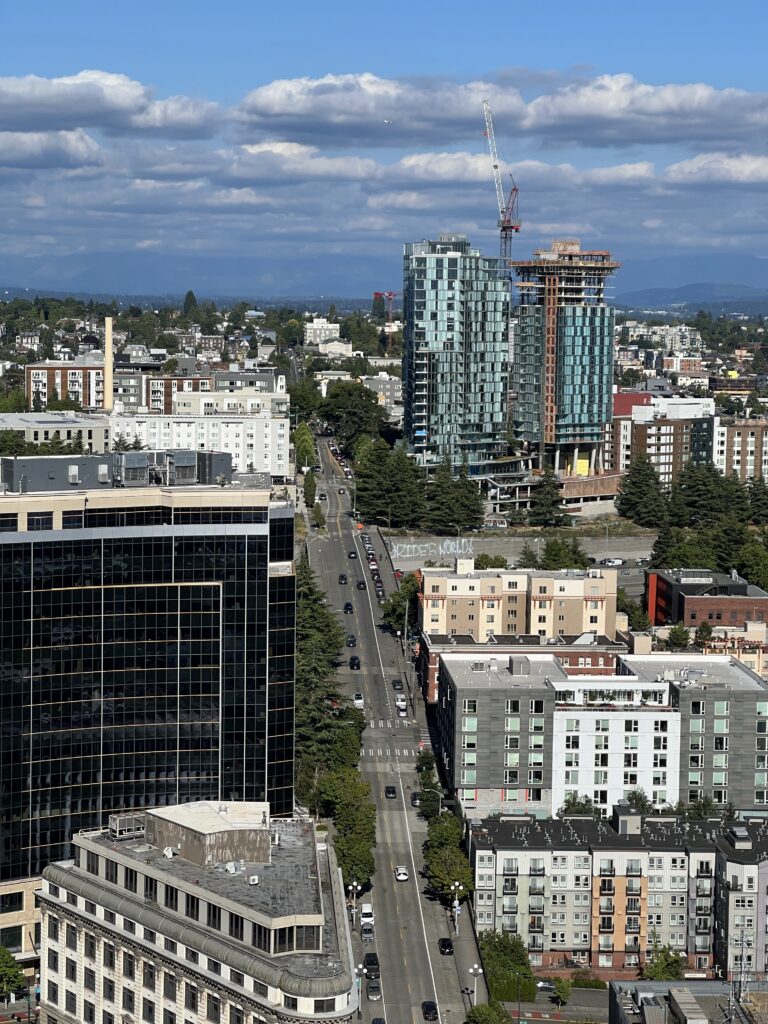
Yes, Pier 66 and Bell Harbor are visible from the tower. Pier 66 houses the Bell Street Cruise Terminal and Bell Harbor Marina2324, located on Seattle’s downtown waterfront at 2225 Alaskan Way24. The pier is home to Norwegian Cruise Line and Oceania Cruises23 and features an 11-acre complex along the waterfront24.
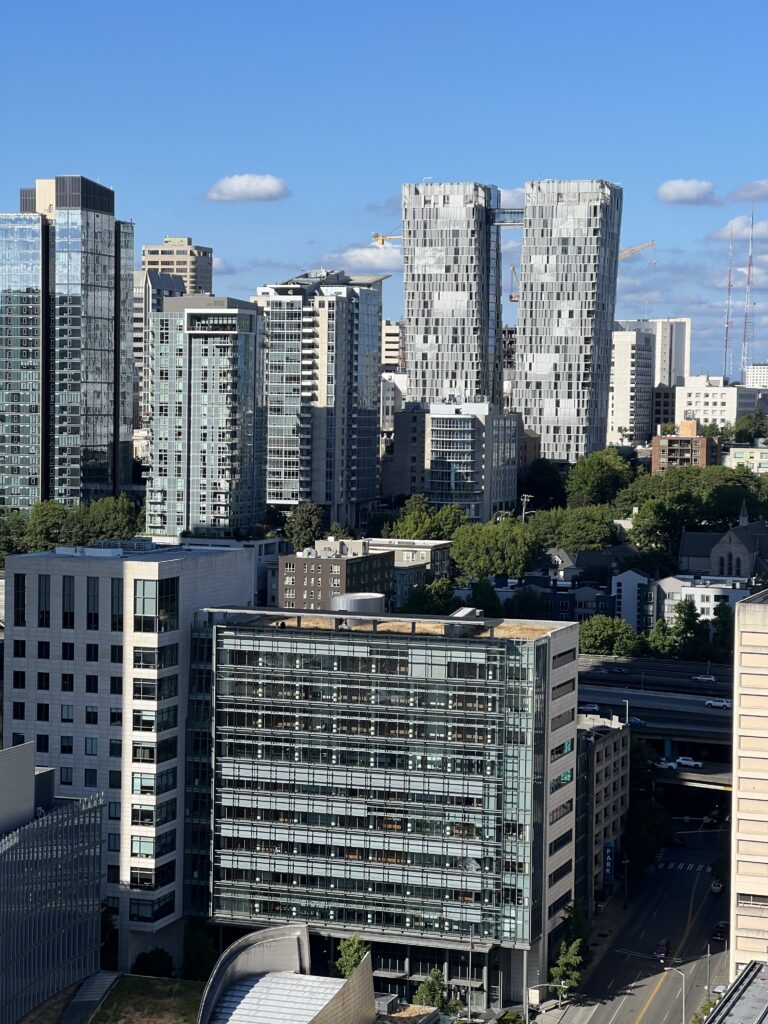
The Historic Elevators and Their Operators
Smith Tower’s elevators are among the most interesting features for visitors. The building contains seven 110-year-old elevators that are works of art in themselves11. These bronze-toned wrought-iron birdcages line the hallway, enrobed in pearly Mexican onyx and topped by carved Native American chieftain heads11.
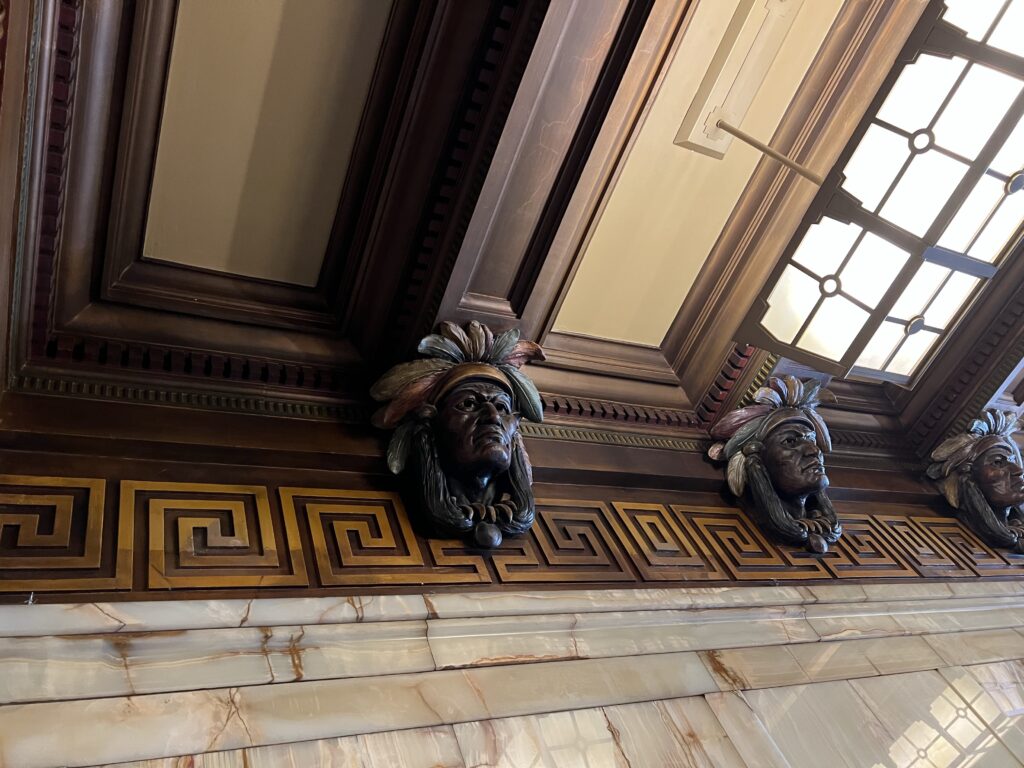
Until 2017, these elevators were manually operated, requiring skilled operators who learned the touch needed to prevent stopping between floors2526. The elevator operators wore suits modeled after those worn when the building opened in 191427 and were considered part of the building’s historic character25.
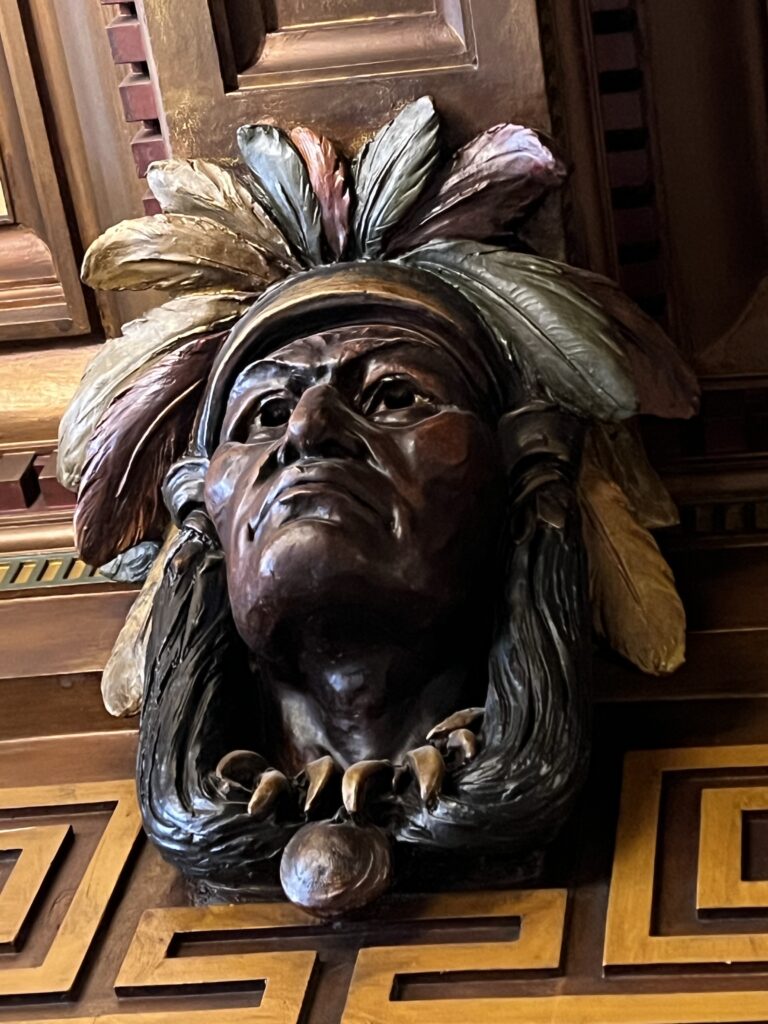
Cecil Ivory was the most famous long-time elevator operator, working at Smith Tower from 1946 until his retirement in 1991 – a remarkable 45-year career28. When he started at age 19, elevator operators wore swallow-tailed coats and were considered the elite of their profession28. Ivory operated every elevator in the building and was known for his dedication to customer service28.
The elevators underwent modernization in 2017-2018, ending the 103-year tradition of manual operation2526.However, one elevator operator is still maintained to preserve the historic significance and demonstrate the building’s heritage2629.
The Penthouse
The Smith Tower penthouse is a unique two-story apartment located in the pyramid-shaped peak of the building2730. The 2,128-square-foot space features one bedroom, a guest area, and 1.5 bathrooms3031, with 24 triangular windows offering 360-degree views of Seattle10.
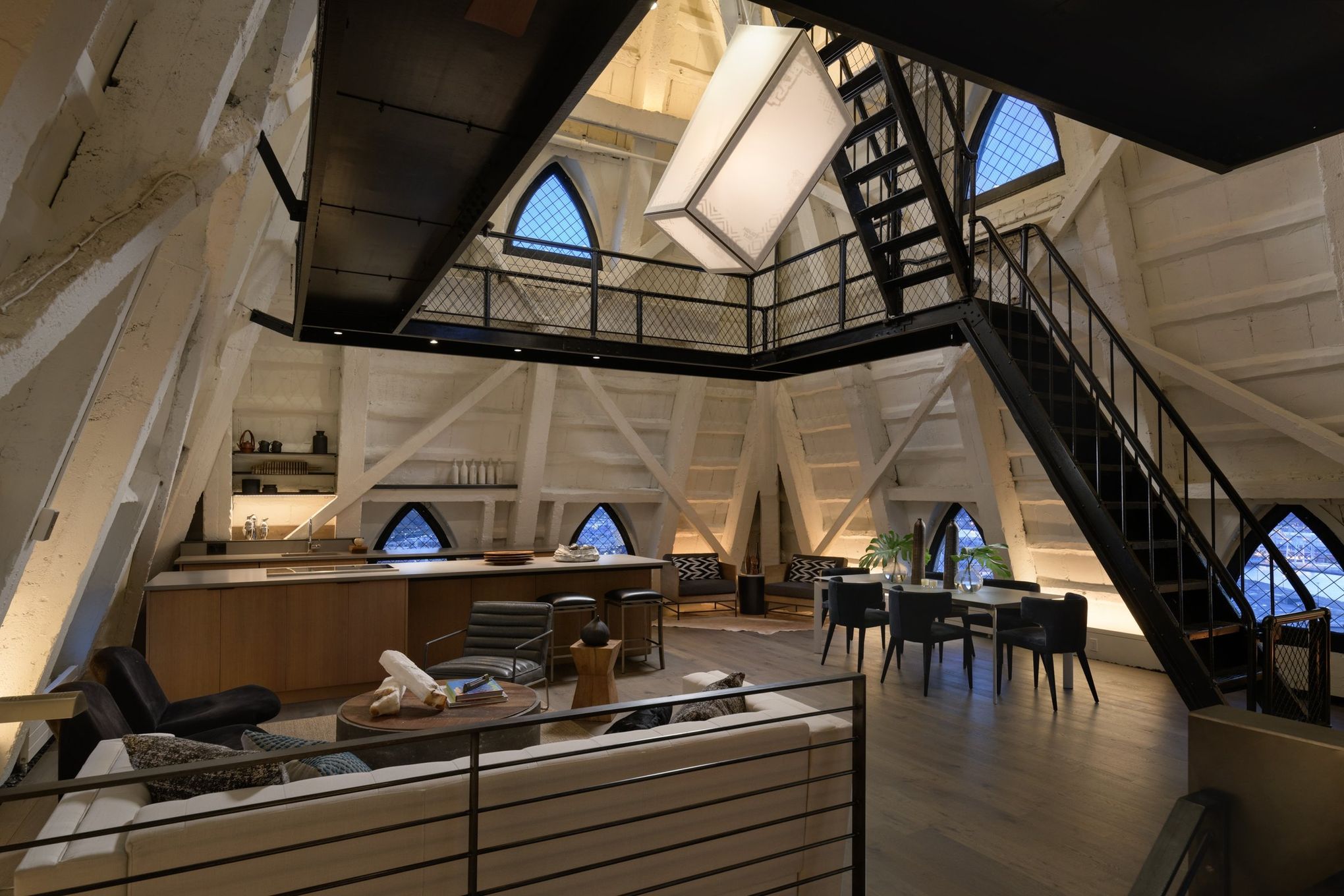
The penthouse rents for $17,000 per month2730 and requires a minimum 12-month lease31. The space was renovated in the late 1990s by Graham Baba Architects3032 and features a spiral staircase that leads to the glass globe at the very top of the tower30.
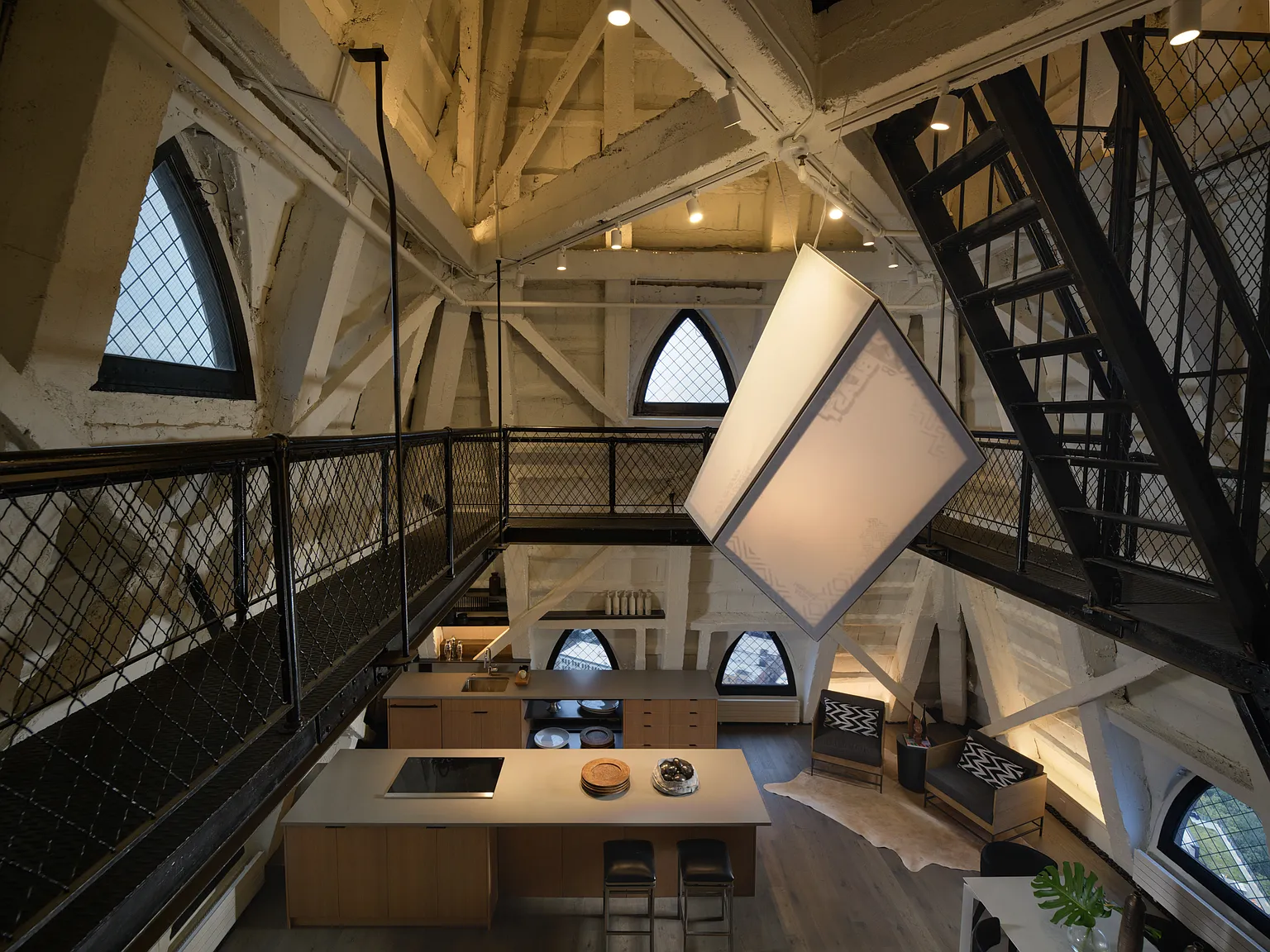
Venture capitalist Petra Franklin was the most notable recent resident, living in the penthouse for 20 years until 20192733. The space is currently available for lease and represents the only private residence in the building31.
Walking Attractions Around Smith Tower
Smith Tower is located in Pioneer Square, Seattle’s historic first neighborhood and birthplace3435. The area offers numerous walking attractions within easy reach:
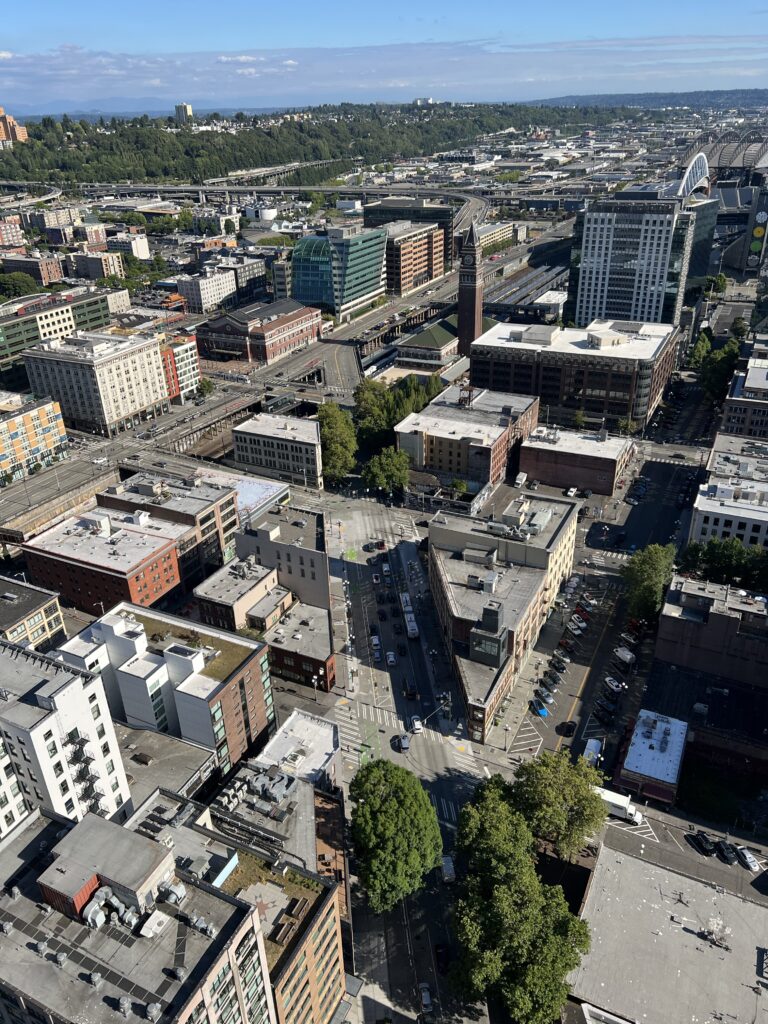
Pioneer Square Park provides green space for relaxation and reflection34, while Occidental Park often hosts community events and gatherings34. The Waterfall Garden Park features a mesmerizing 22-foot waterfallproviding a peaceful urban oasis34.
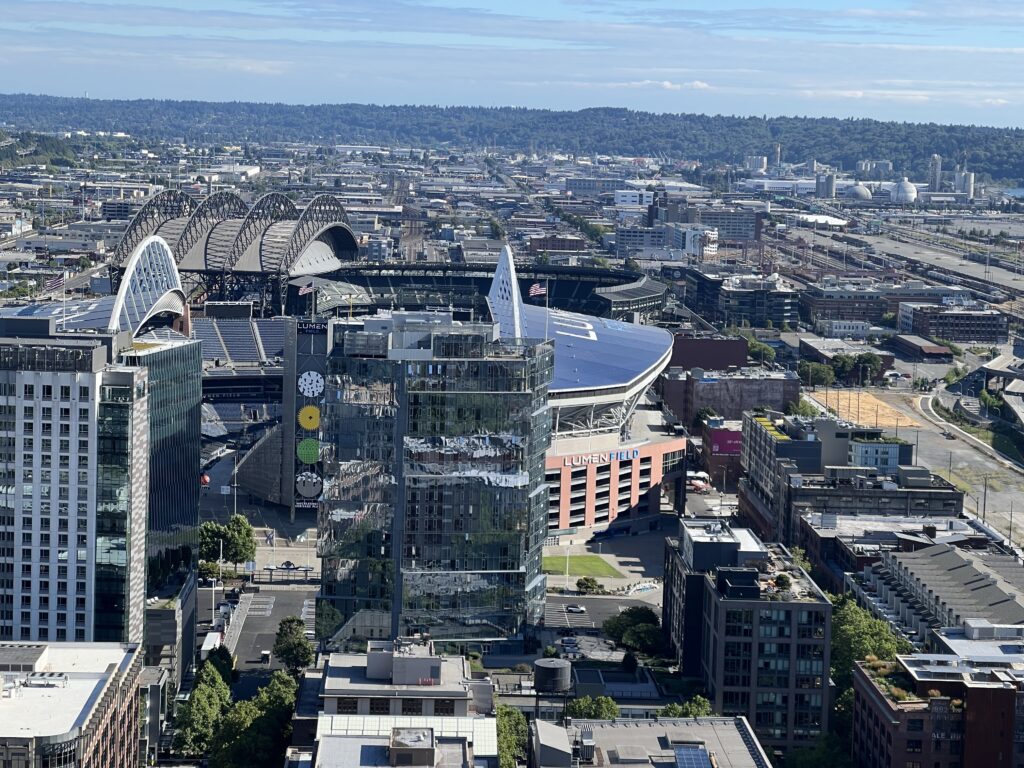

The Klondike Gold Rush National Historical Park offers exhibits about Seattle’s gold rush history34, and King Street Station serves as a historic train station known for its architecture34. The Maynard Building stands as a historic architectural gem34.
Bill Speidel’s Underground Tour begins beneath Doc Maynard’s Public House and provides a humorous 75-minute guided walking tour through the buried city36. The Trail to Treasure Walking Tour offers a self-guided exploration of Pioneer Square’s history with informational panels featuring historical photos and facts35.
The area also features numerous restaurants, boutiques, galleries, and nightlife options6, making it ideal for extended walking exploration of Seattle’s most historic neighborhood34.




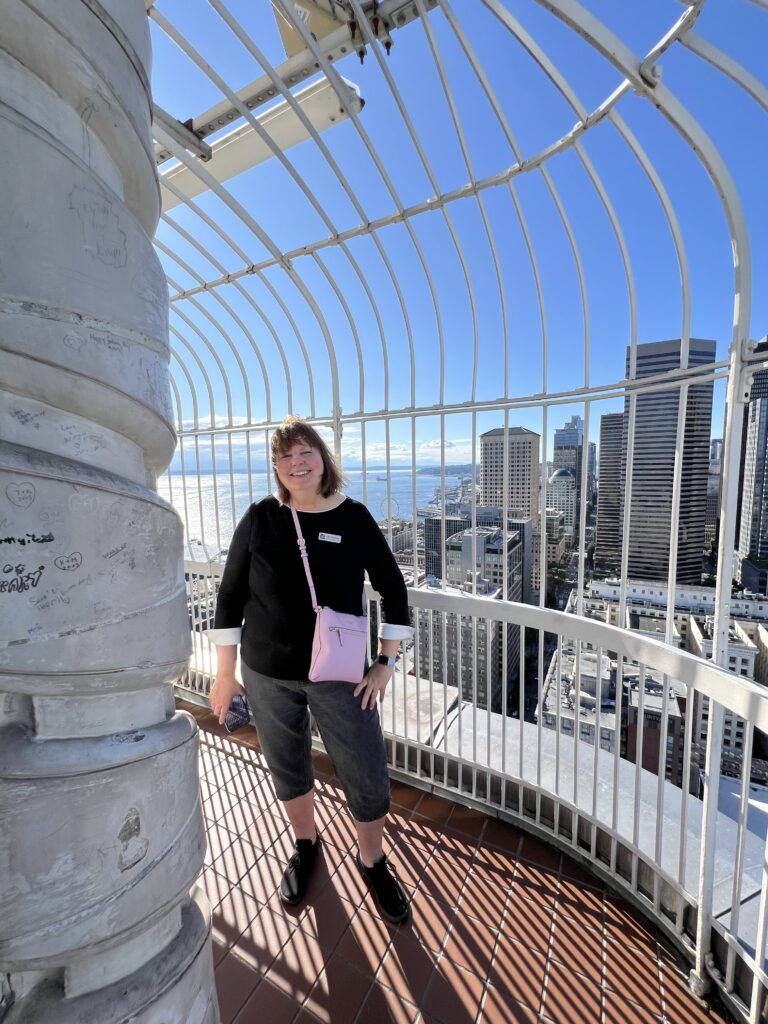






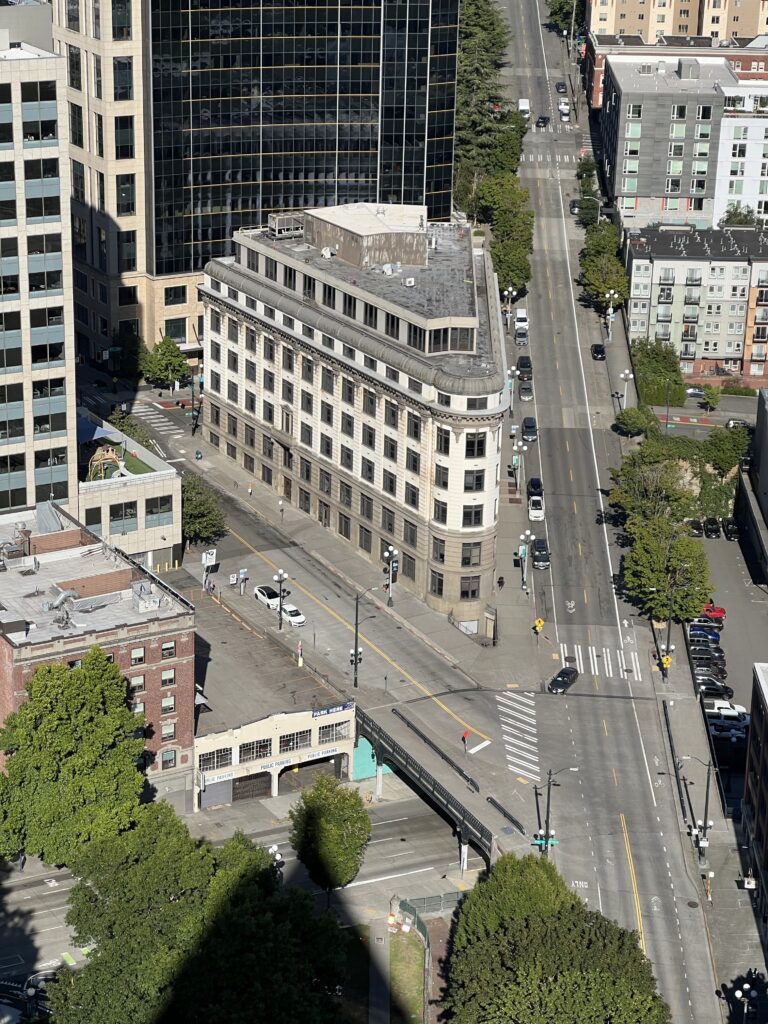
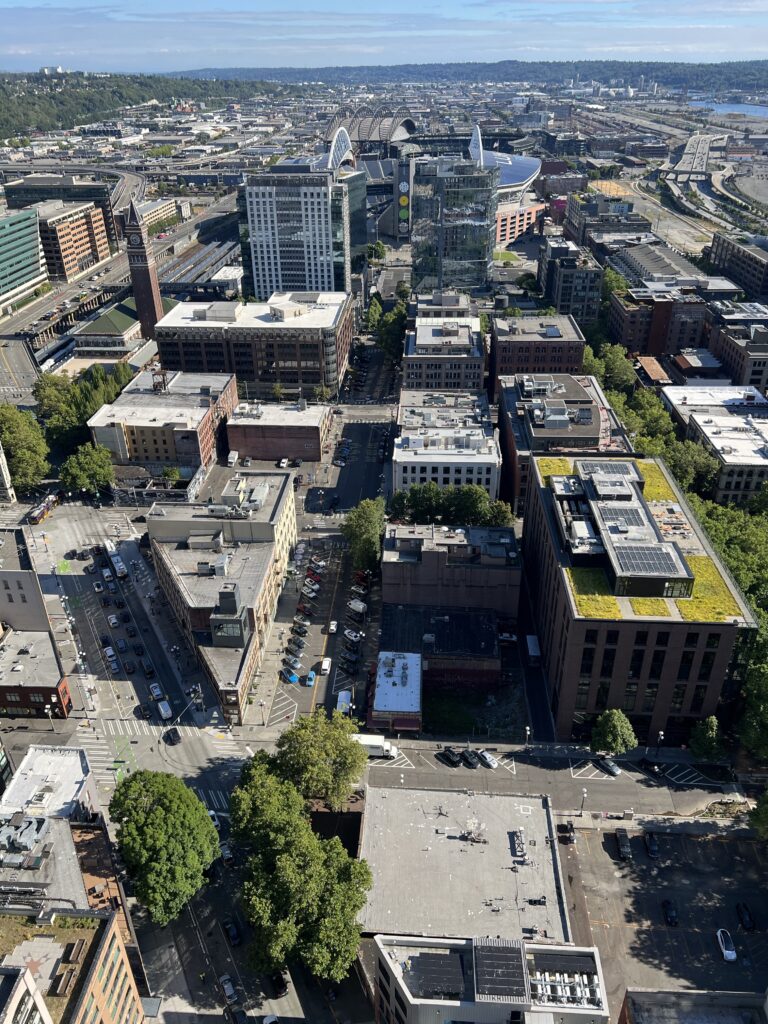
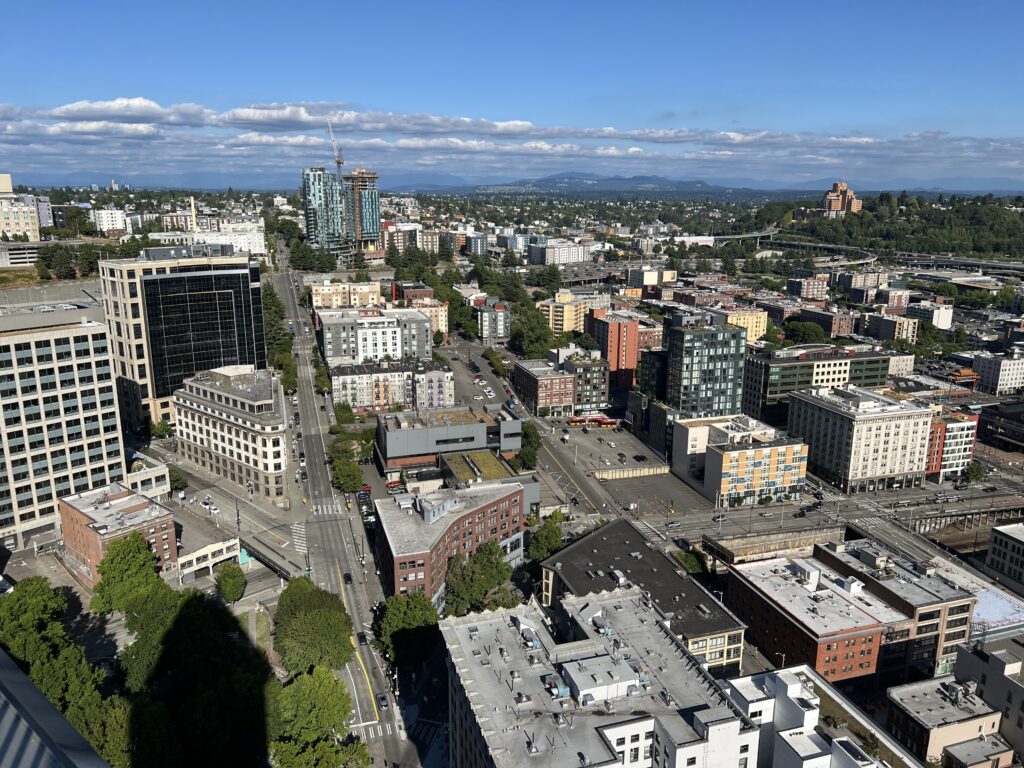

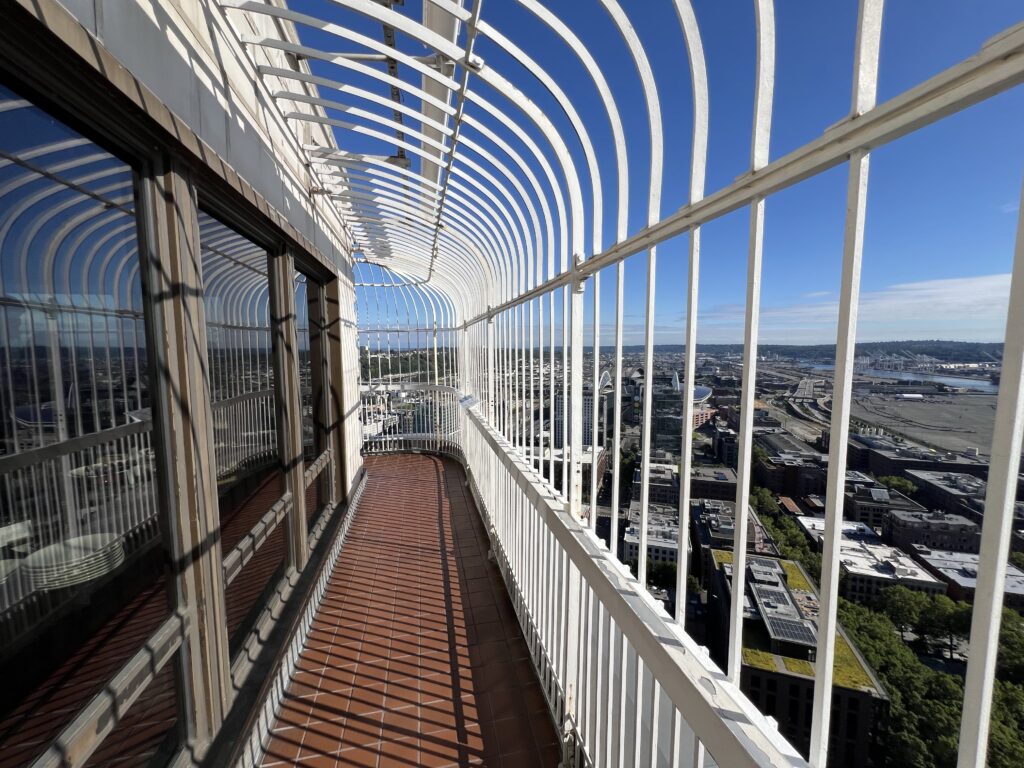

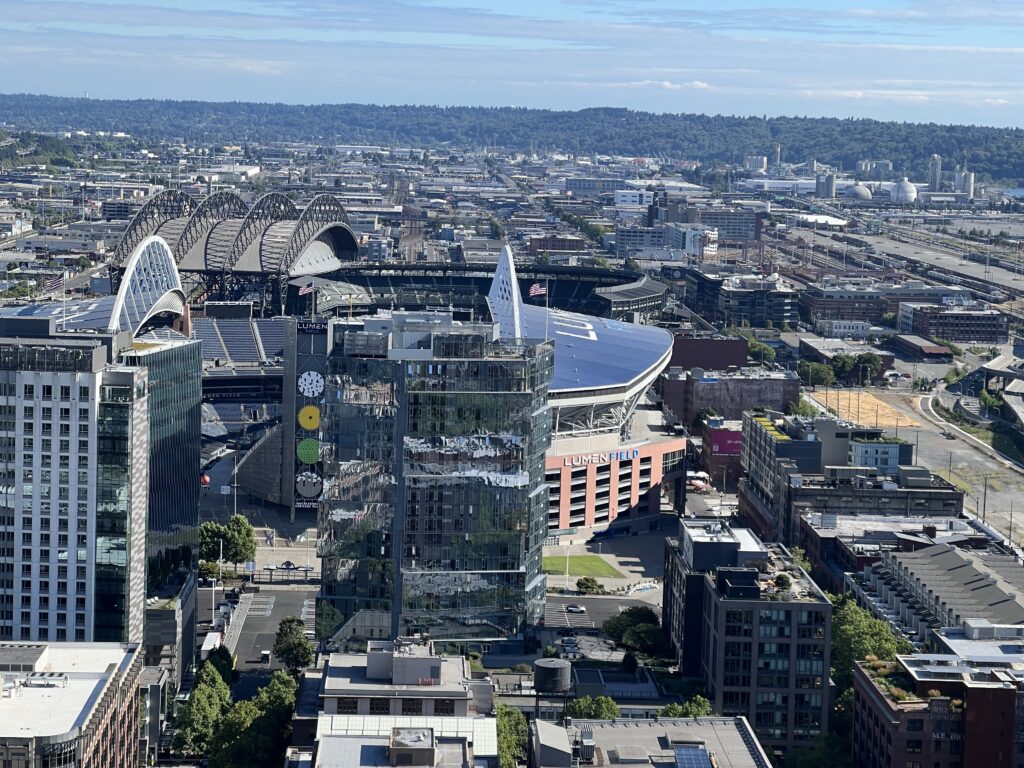
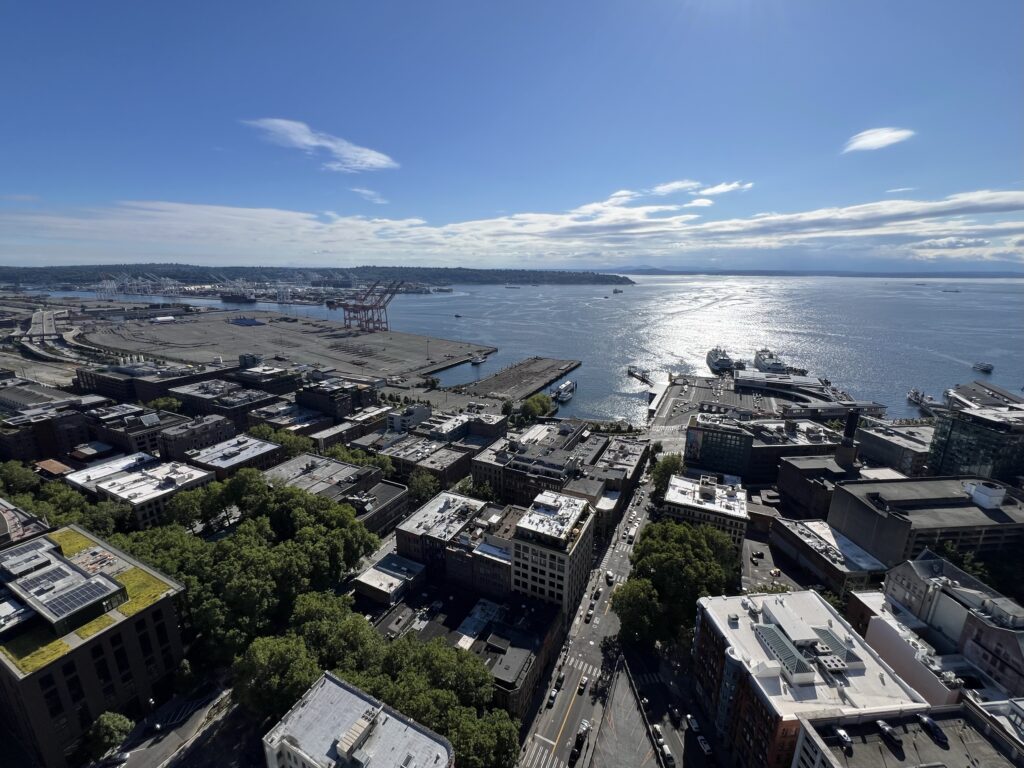
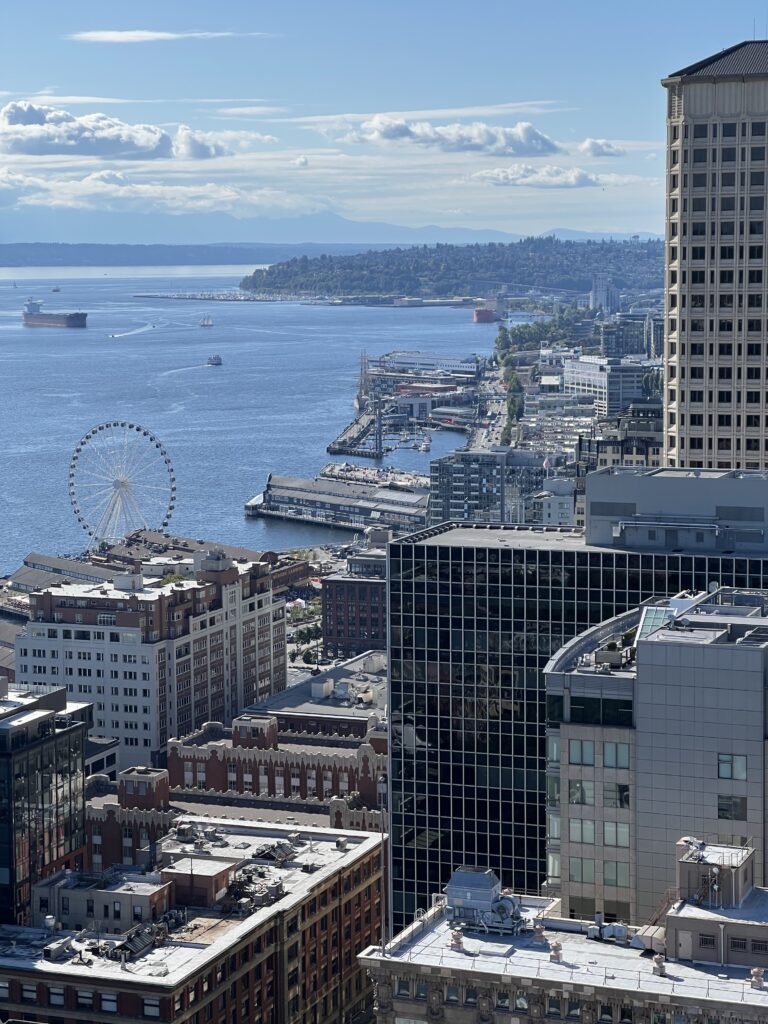
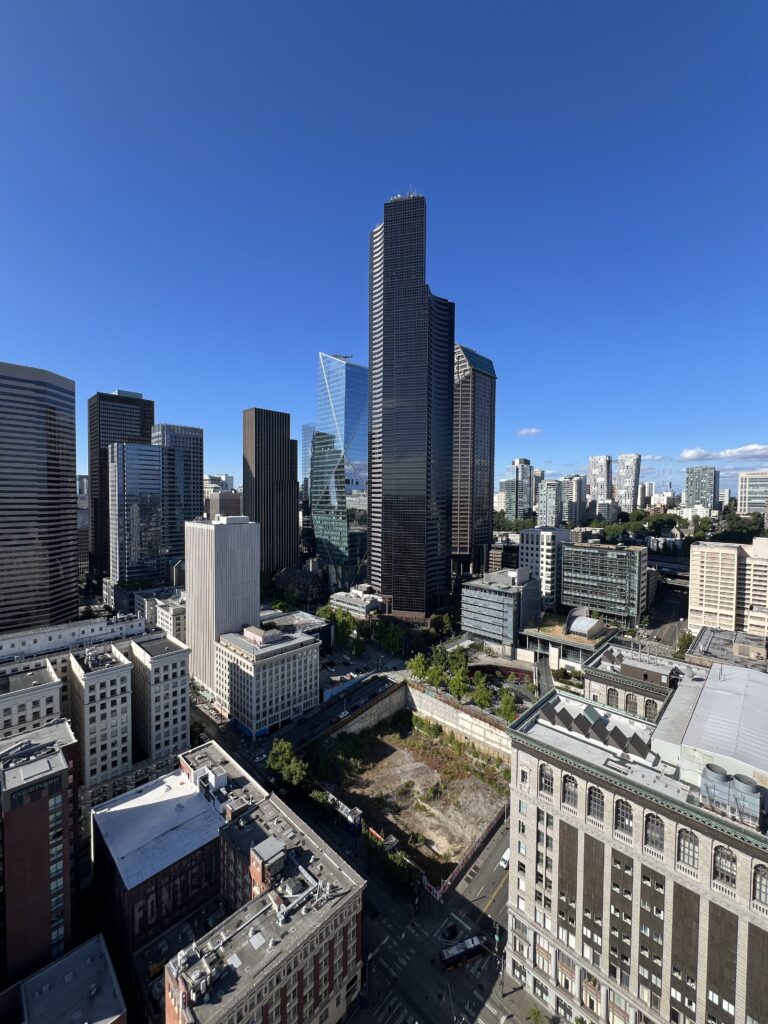
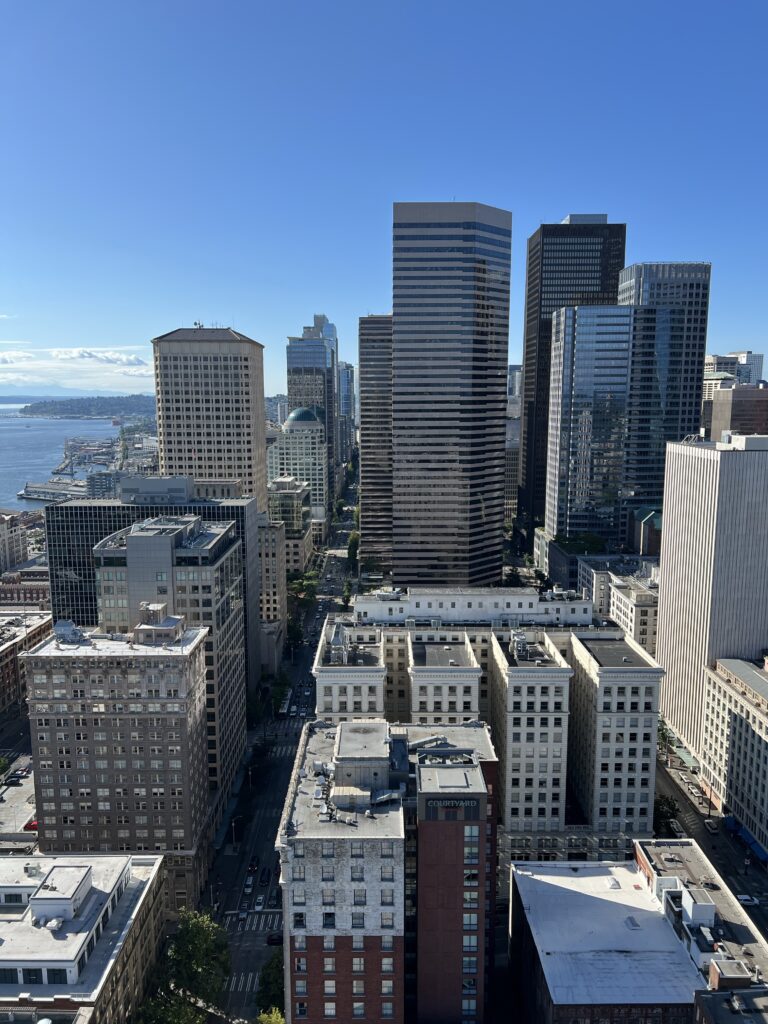
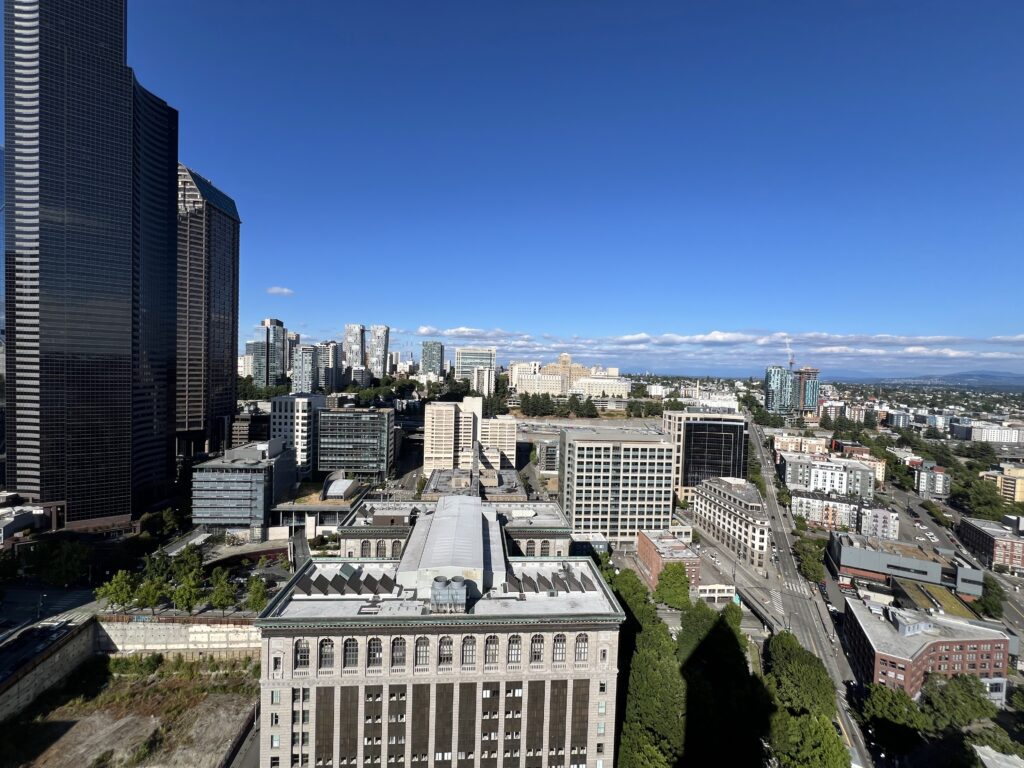

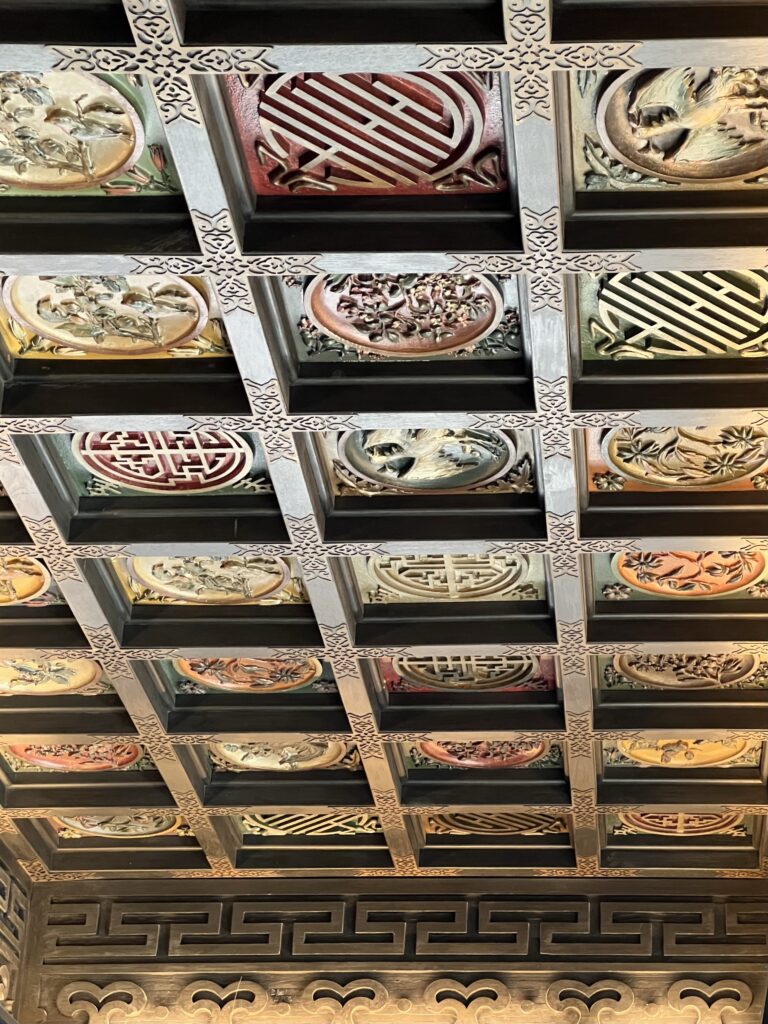

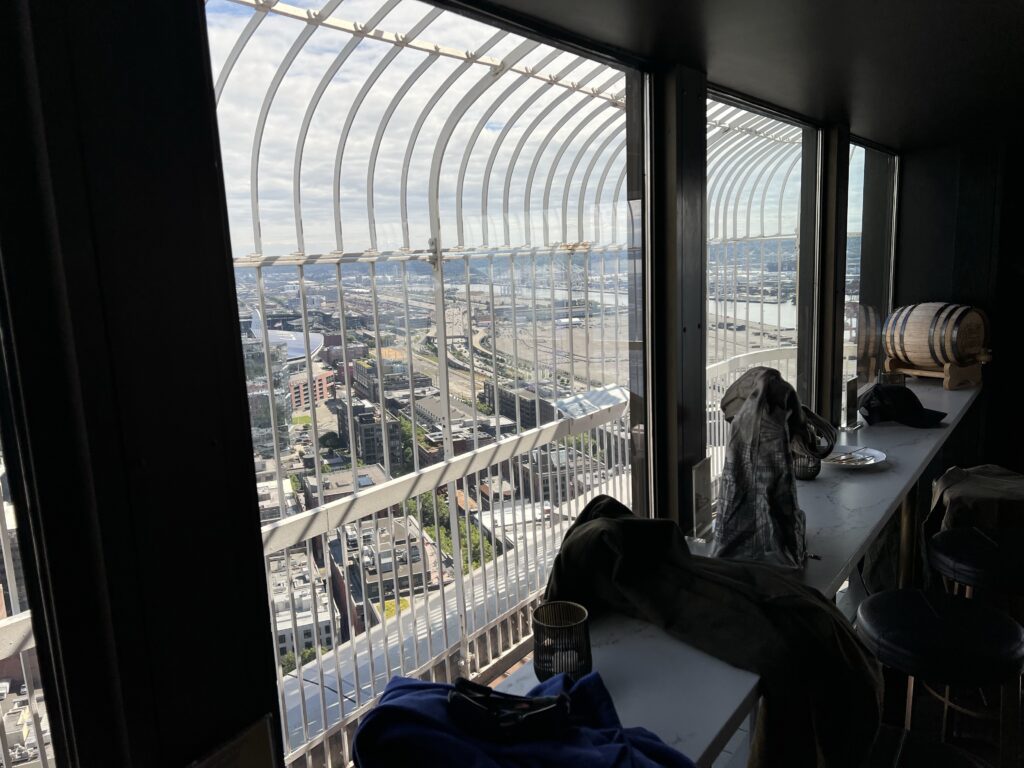
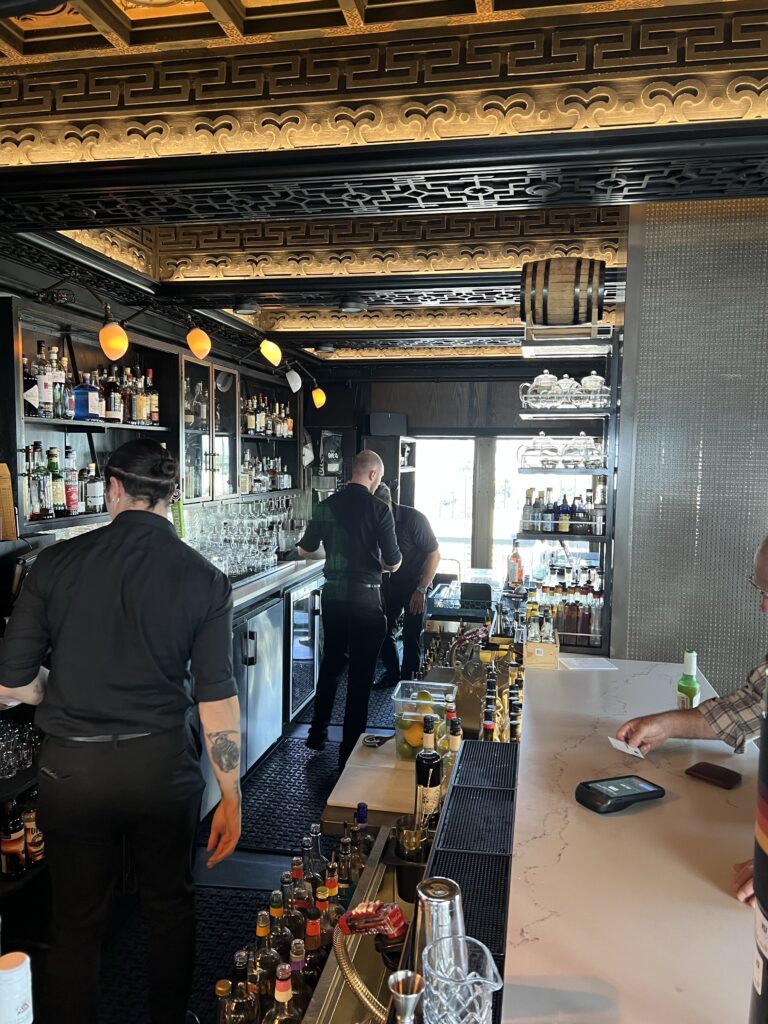


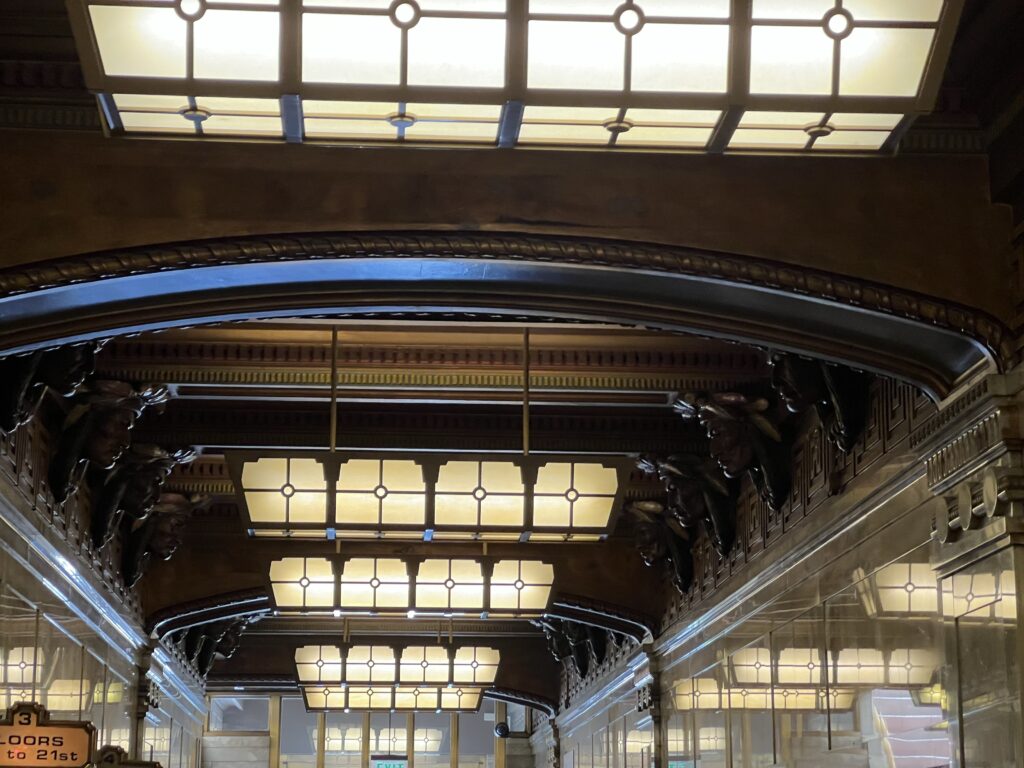




Smith Tower represents more than just a building – it’s a gateway to understanding Seattle’s transformation from a frontier town to a major Pacific Northwest metropolis3738.
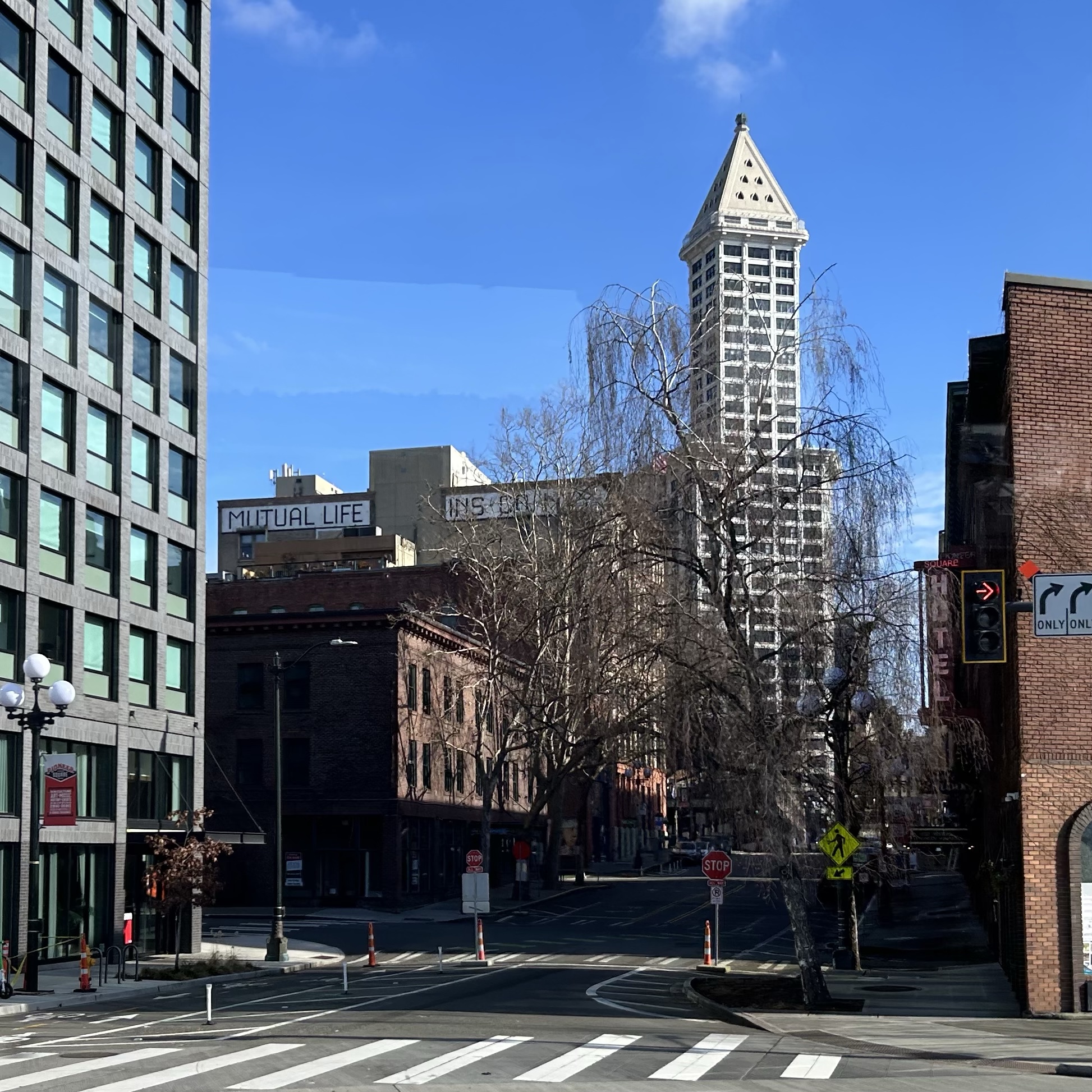
Whether you’re interested in maritime history, architectural photography, Prohibition-era stories, or simply enjoying craft cocktails with spectacular views, Smith Tower delivers an experience that uniquely combines education, entertainment, and breathtaking scenery in one of America’s most distinctive skyscrapers.